48 Hours In Toronto Itinerary: How To Spend A Weekend In My City
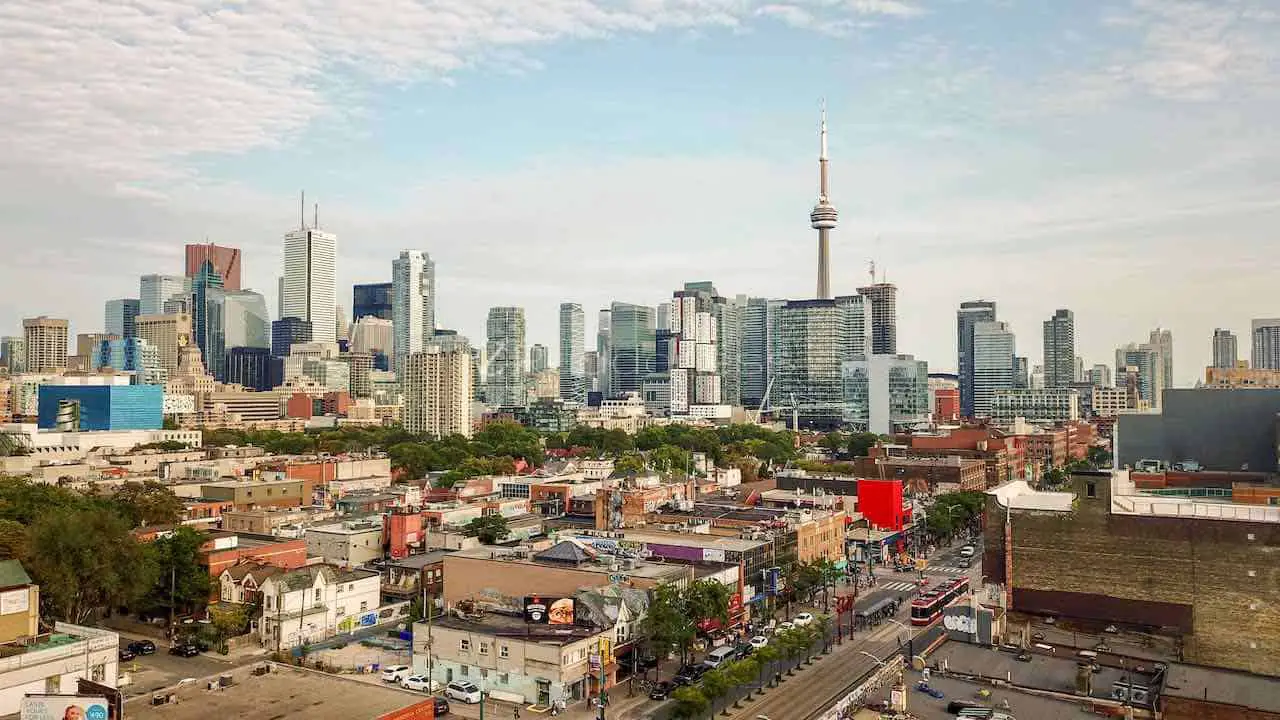
What to do in Toronto for a weekend? Read on as I share all my favourite places to visit and things to see.
After so many years of travelling, I can’t believe it’s taken me this long to assemble a 48-hour Toronto itinerary. It’s where I was born, and it’s where I live, work, and play; you’d think it would be easy to put together a list of where to go in Toronto, right? Well, it is, and it isn’t.
Toronto is a world-class city in its own right, but when I return from a trip, I want to relax and slowly try to get back into the groove of the daily grind. But as a travel blogger who creates short trips, mini-breaks, business travel, and weekend getaway itineraries, I must create an itinerary for Toronto.
All that said, I live in a massive city, so I decided to stick with the downtown attractions instead of things to do near Toronto. Some are tourist spots, while others are hidden gems that only a local like me would know.
Also, our national airline Air Canada allows you to hook up a stopover for up to 7 days in Toronto on your way to Europe or Asia. Sweet!
You can bookmark this itinerary for when you get here. Hell, I’ll even welcome you at the airport with open arms. This article is now available as a mobile app. Go to GPSmyCity to download the app for GPS-assisted travel directions to the attractions featured in this article.
Now, let’s get into what to do in Toronto for a weekend…
Subscribe to our YouTube Channel for more in-depth stories and interviews.
This article is now available as a mobile app. Go to GPSmyCity to download the app for GPS-assisted travel directions to the attractions featured in this article.Toronto History
- Toronto is the capital of the province of Ontario and the most populated and famous (I forgot to remove my bias) city in Canada. This probably is the reason why most Torontonians think that Toronto IS Canada.
- Despite Toronto’s population, popularity and Torontonians’ feelings on the matter, It is not the nation’s capital. That would be Ottawa, the seat of Canada’s federal government.
- The name Toronto or “Taronto” once referred to a water channel between Lake Simcoe and Couchiching, listed on maps as early as 1675. The name eventually travelled South to a fort at the mouth of the Humber River. Fort Toronto was the first settlement in the area, thus becoming the name of the most magnificent city on earth, Toronto (again forgot to remove my bias)
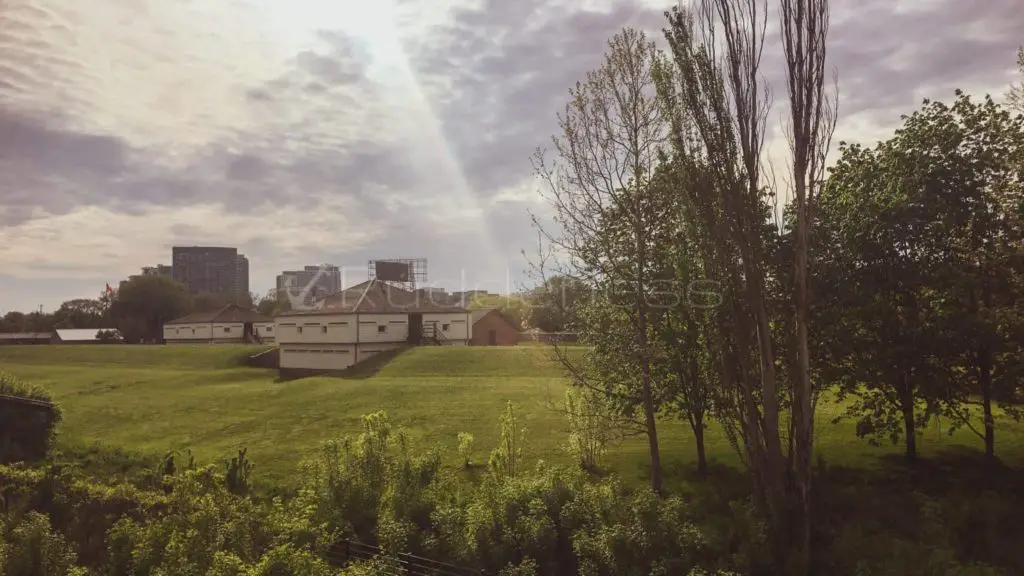
Getting To Toronto
Plane
Toronto has two main airports Toronto Pearson International Airport and Billy Bishop Toronto City Airport. Toronto Pearson is Canada’s principal airport, with flights to every continent and over 76 scheduled and charter airlines. Canada’s flagship airline is Air Canada, which allows you to hook up a stopover for up to 7 days in Toronto on your way to Europe or Asia.
You can take a taxi, Uber or public transportation from the airport to Toronto. Still, the fastest and most cost-effective way is the UP Express (Union-Pearson Express). UP Express is a rail service that connects Toronto’s central train station (Union Station) with Toronto’s main airport.
Billy Bishop, Toronto City Airport, is located on Toronto Island, minutes from the downtown core. A short ferry ride or a quick stroll through the pedestrian tunnel under Lake Ontario will get you into Toronto. Both Porter Airlines and Air Canada serve the airport.
Train
VIA Rail and AMTRAK will get you into the city’s heart via Toronto’s Union Station. Union Station is connected to both Toronto’s Subway (TTC) and the underground walking network (PATH)
GO Train connects Toronto with several other cities and towns around Ontario, including Niagara Falls.
Car
Several highways, including Highways 2, 401, 407 and the Queen Elizabeth Way, link surrounding cities to Toronto. The nearest Canada-U.S. border crossings are at Niagara Falls, Fort Erie and Windsor.
Bus
The Toronto Coach Terminal once called the Gray Coach Terminal, is Toronto’s central bus station. It is connected via the underground PATH and sits between two Subway Stations. The terminal is used by Coach Canada, Greyhound Canada, and Ontario Northland bus lines.
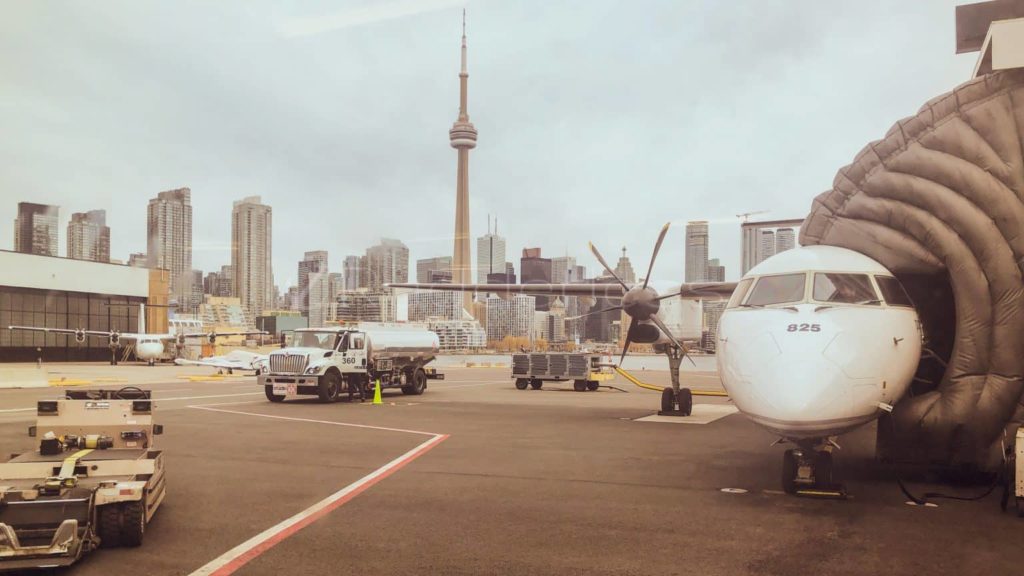
How To Get Around During 2 Days In Toronto
How do you get from point A to point B on your Toronto weekend trip? I’m glad you asked; here are all the options and how to make the best of them.
Foot
Foot. Walking or even crawling will probably get around the downtown core the fastest. Luckily, most of the popular sites on this Toronto Itinerary are within walking distance or require minimal public transportation.
Another option is The PATH, a massive underground pedestrian walkway that spans over 30 kilometres. In the PATH, you’ll find restaurants, shopping, services, entertainment and connections to public transit.
Check out the map HERE.
Bike
Biking, rollerblading, skateboarding or electric scooter/bike around the downtown core is the best transportation option.
Car
Please don’t. Unfortunately, with copious construction and a poorly planned city, traffic is horrendous. It takes one hour to get from Toronto to Toronto in any direction – on a good day, any day, any time.
Give yourself at least an hour (not including travel time) to get to your destination. Best case scenario, you’ll arrive an hour early, worst case scenario, you’ll arrive on time. Parking is no better and presents its particular piece of hell.
Parking is at a premium, and in addition to the lack of available spaces, it’s quite expensive in private parking lots. Whenever possible, look for GreenP parking lots or GreenP street metered parking as it is run by the City of Toronto and cheaper than private parking.
You could use the GreenP app to find and pay for parking if you could score a spot.
Public Transportation
The subway should technically be the perfect solution. Well, it’s not. It’s better than nothing, but it’s often crowded, severely underserves a city this size in capacity and coverage, and it’s a constant work in progress.
It is currently in the middle of a much-needed extension, but it’s a pain point. The bus and streetcar/tram surface routes (except for two specific streetcar lines) are subject to the same traffic issues as the cars.
Boat
I tried to fit a boat tour into the itinerary, but unfortunately, it was one of the things I needed to cut. One of the best ways to see Toronto’s beautiful skyline is from Lake Ontario or the Toronto Islands.
From the Toronto harbour, you can book:
Or the traditional 165-foot three-masted schooner (which you’ll find engraved on Canada’s ten-cent coin), the Tall Ship Kajama.
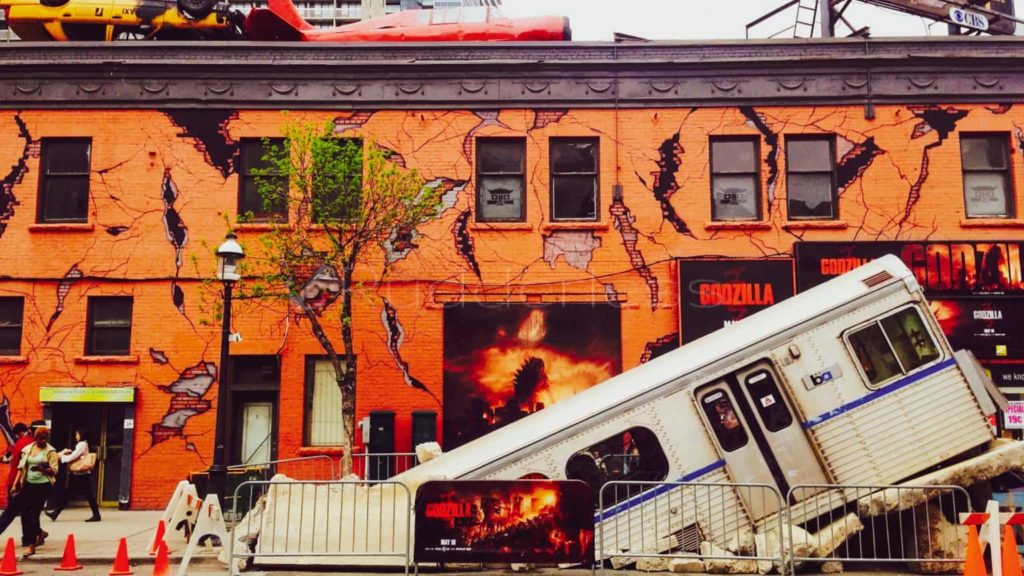
How to Spend 48 Hours in Toronto
Hopefully, you’re starting your day early, loaded up on some good coffee, and ready to explore! Here’s the ideal day in Toronto plan.
Baldwin Steps
The first stop is Casa Loma, but to get up the hill, we need to use the Baldwin Steps, which are a public outdoor staircase that dates back to the 19th century. They are named after a former landowner of the area, the Baldwin family, which included Robert Baldwin, a former premier of Ontario.
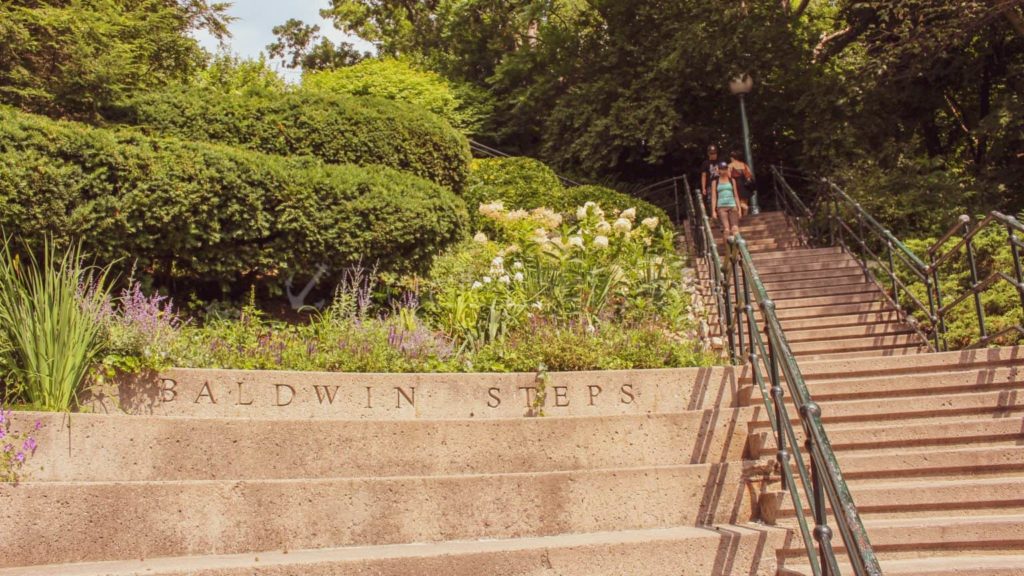
Casa Loma
This 98-room castle was commissioned by Sir Henry Mill Pellatt, a Canadian soldier and investor who founded the Toronto Electric Light Company in 1883. Sir Henry Mill Pellatt ordered Toronto native and architect E. J. Lennox to design Casa Loma.
The 3.5 million dollar castle began construction in 1911 and was finally completed by 1914. Today Casa Loma is used as a filming location, a museum, and a venue for weddings. It is also one of Toronto’s most famous landmarks.
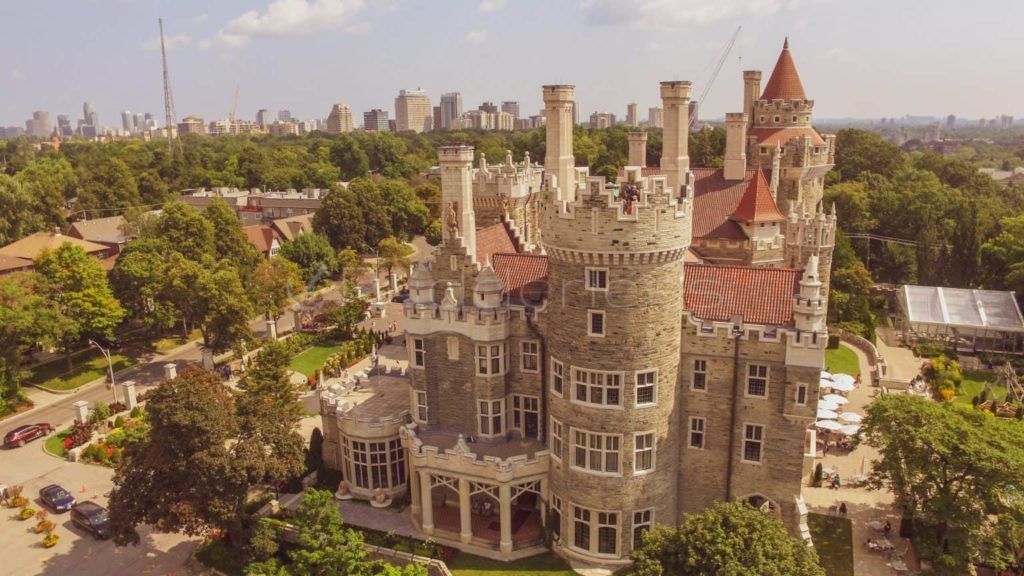
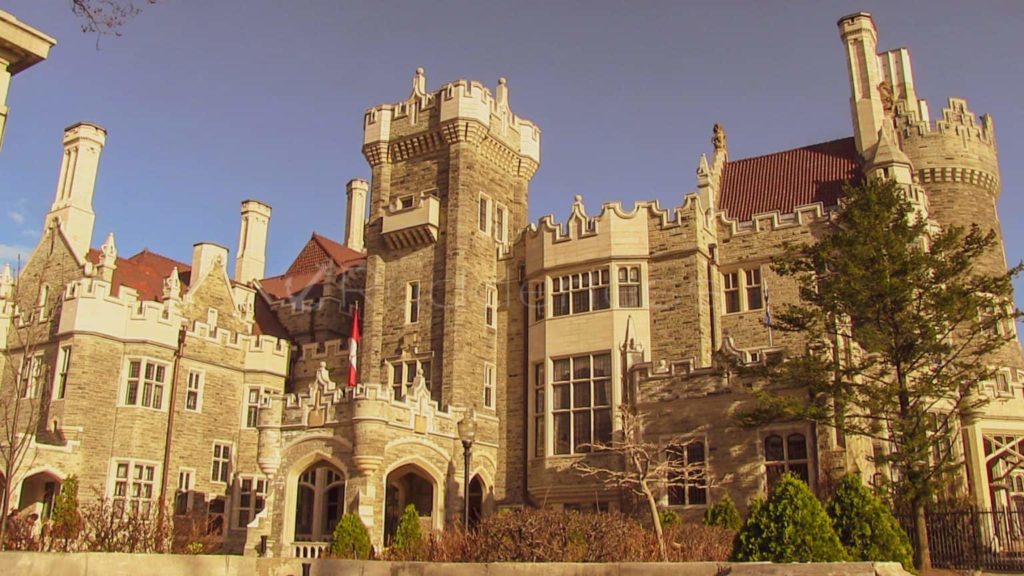
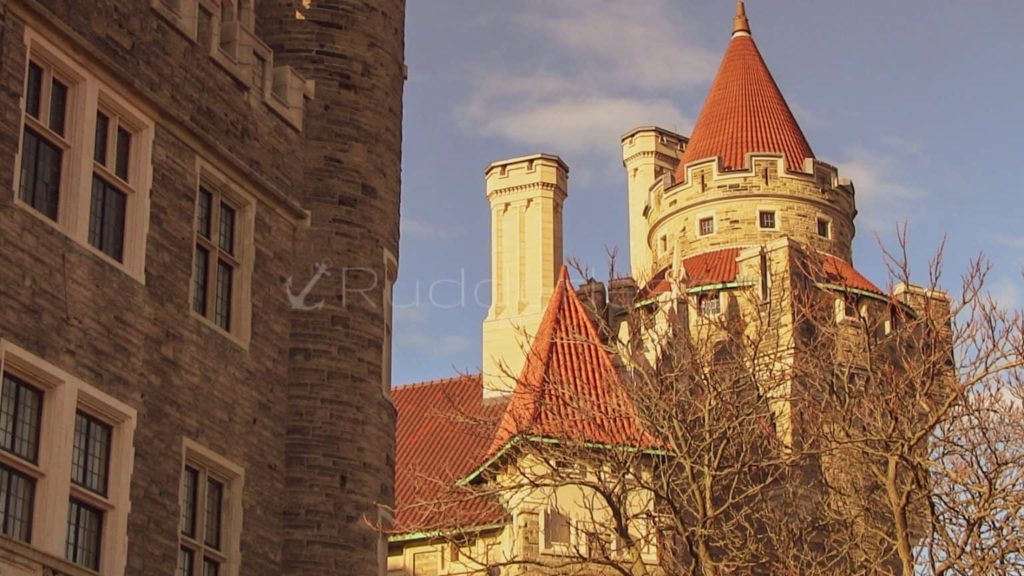
Royal Ontario Museum (R.O.M.)
The Royal Ontario Museum is one of North America’s largest museums and Canada’s largest museums. The ROM is regarded as a “preeminent field research institute and an international leader in new and original findings in biodiversity, paleontology, earth sciences, the visual arts, material culture, and archaeology.”
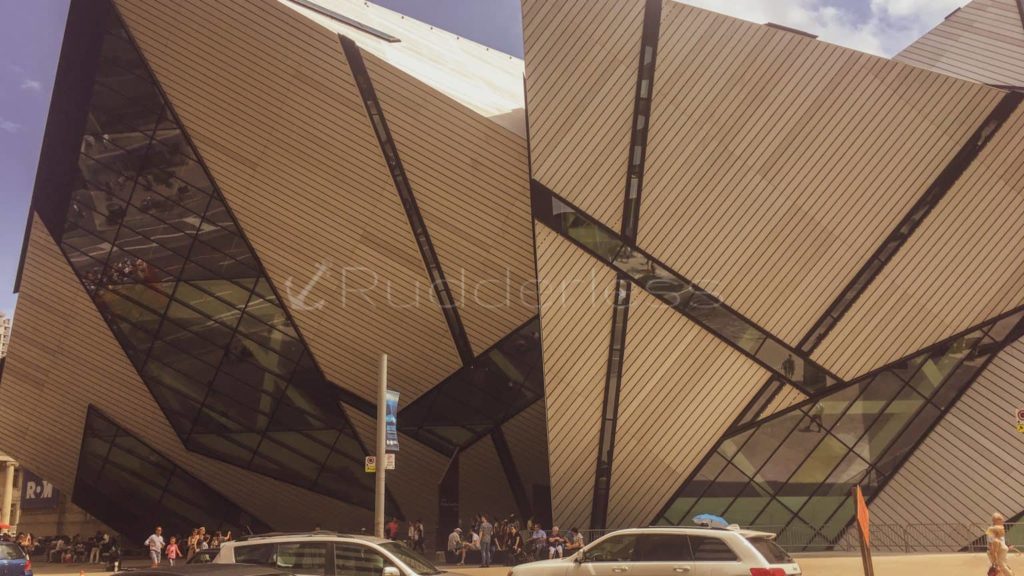
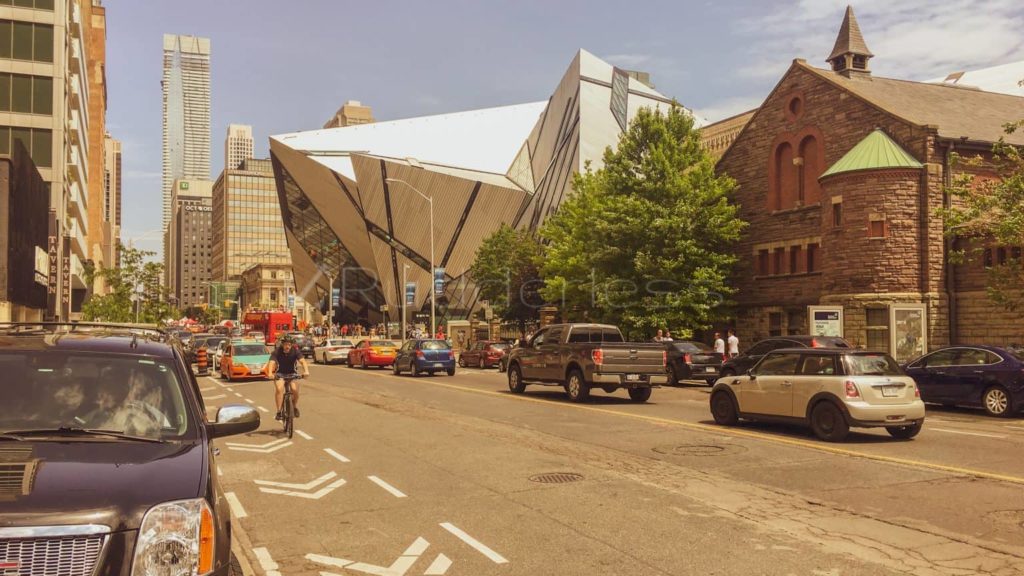
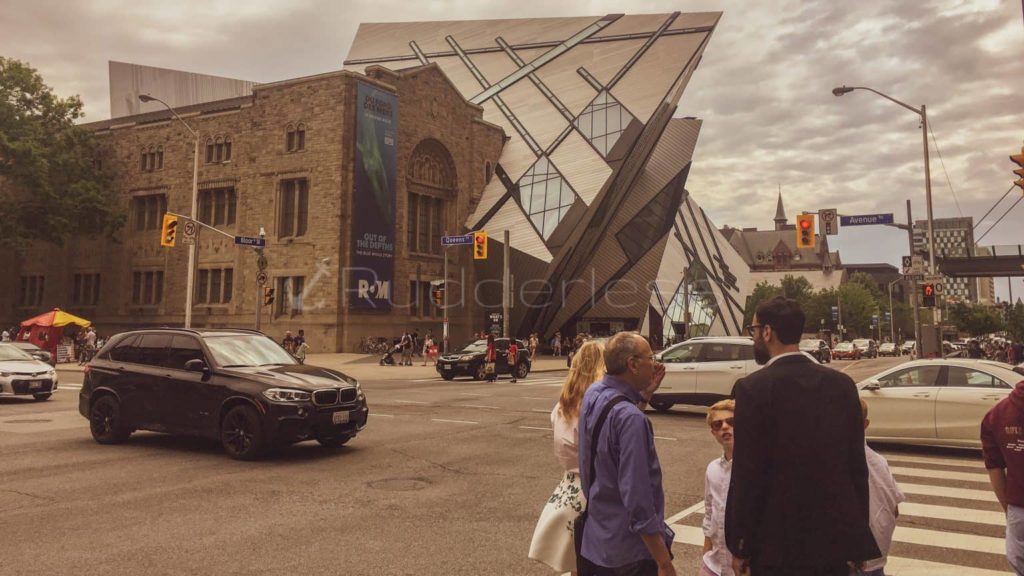
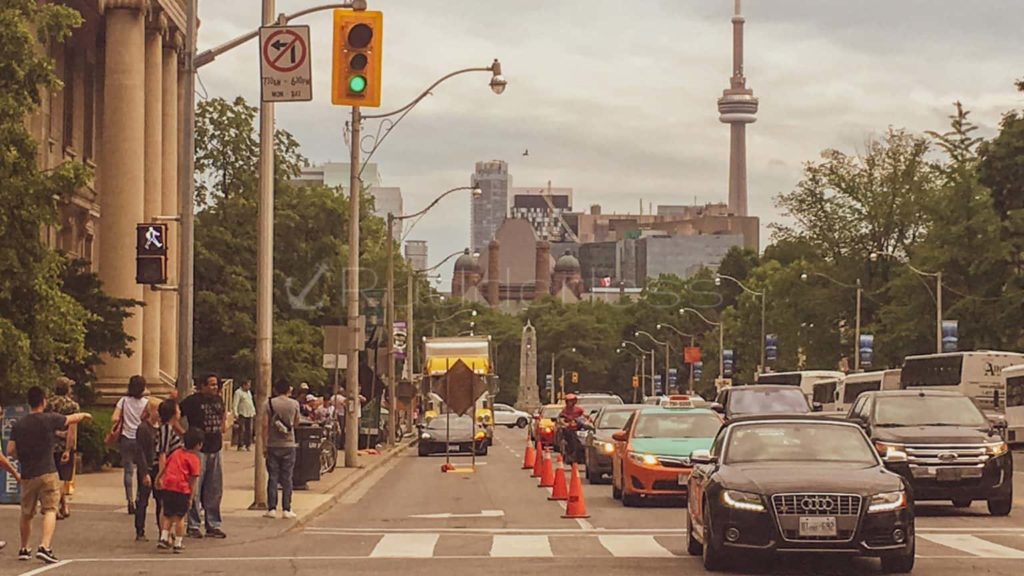
Philosophers Walk (*Hidden Gem)
The Philosophers Walk is a scenic footpath located on the St George campus of the University of Toronto. It runs north-south along what was once natural water called Taddle Creek, which was buried during the industrial age and now flows underwater.
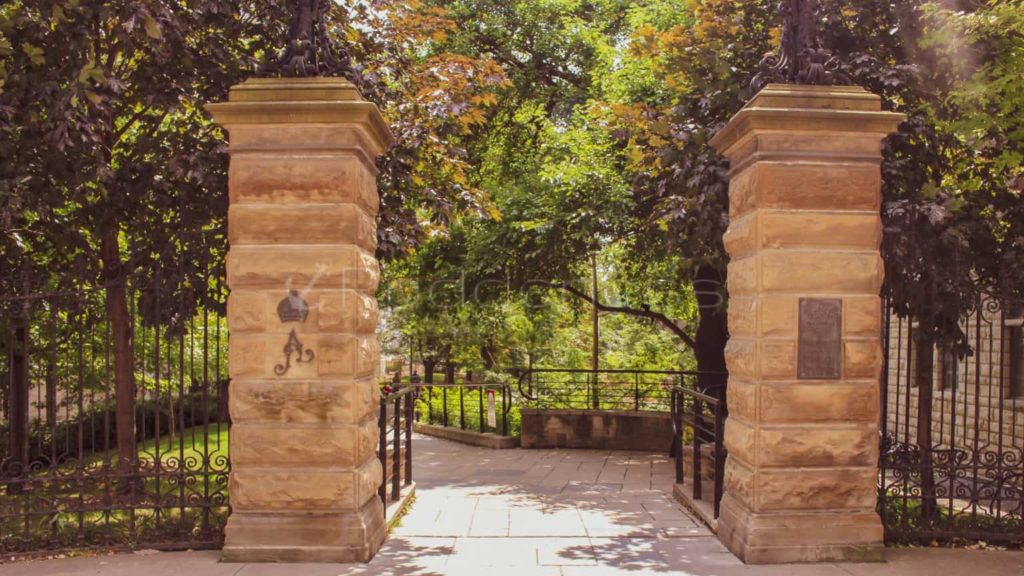
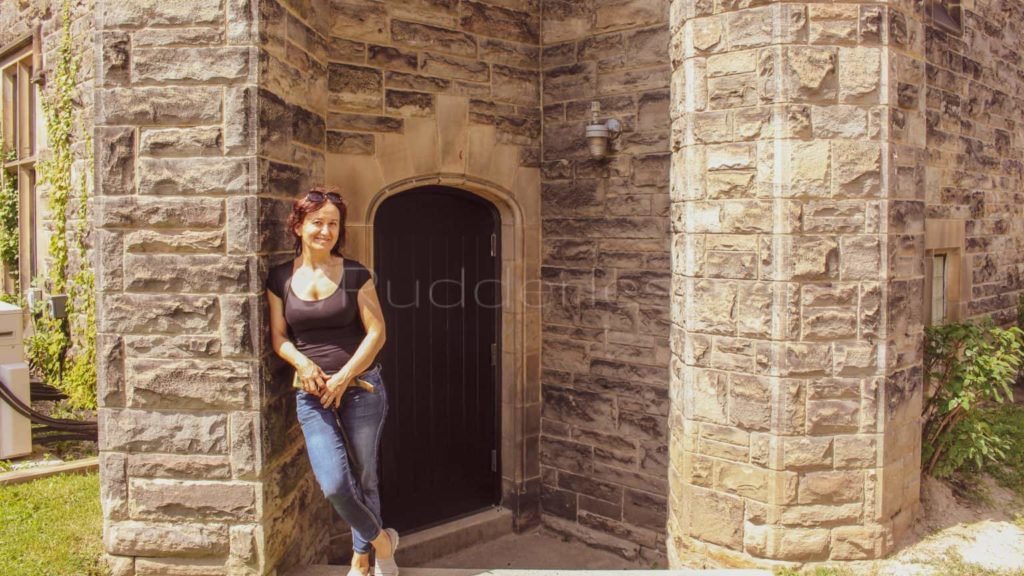
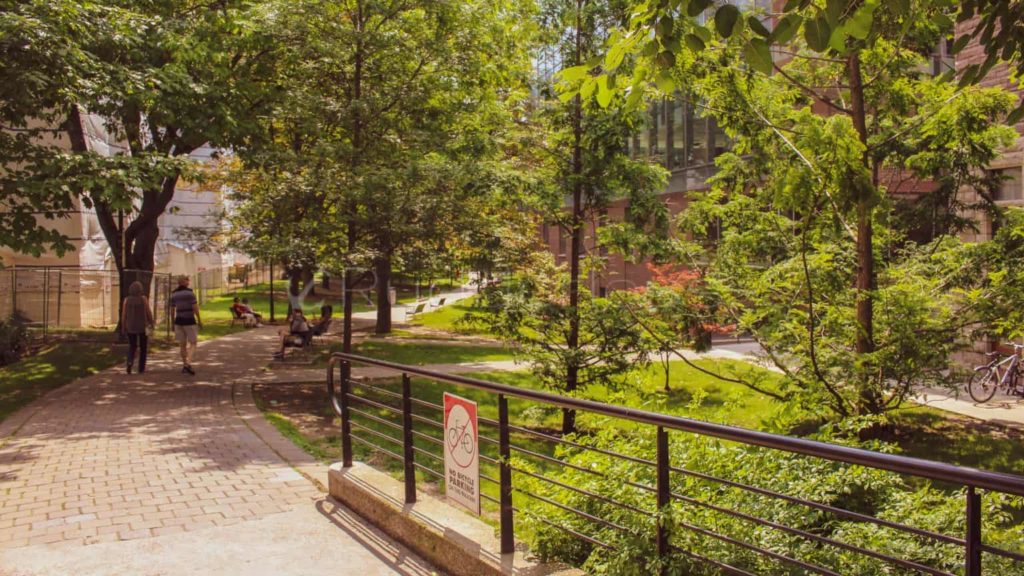
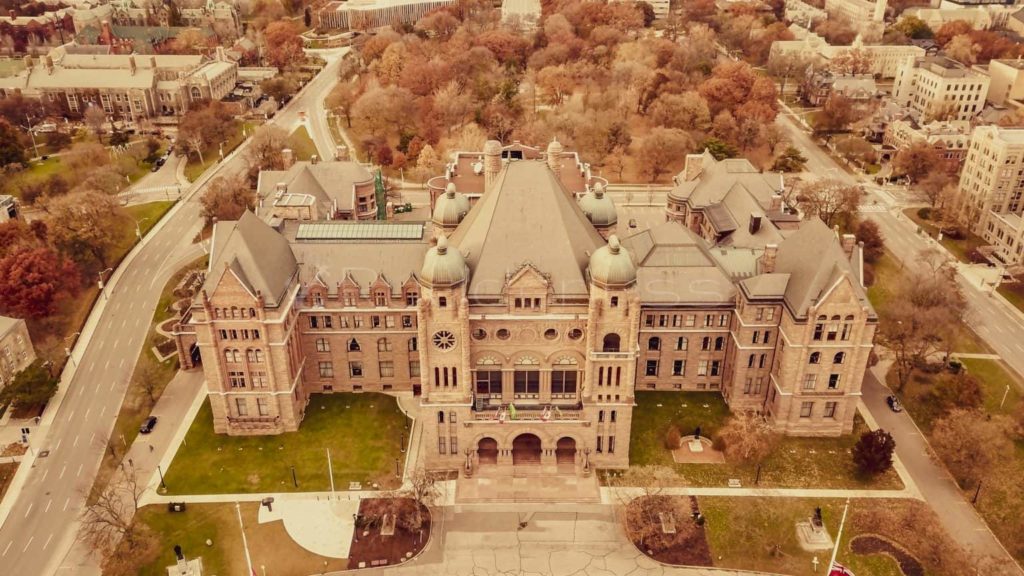
University of Toronto (Campus)
The University of Toronto was founded in 1827 as King’s College and the first institution of higher learning in Upper Canada. The university is comprised of twelve colleges. The University of Toronto also has two satellite campuses in Scarborough and Mississauga.
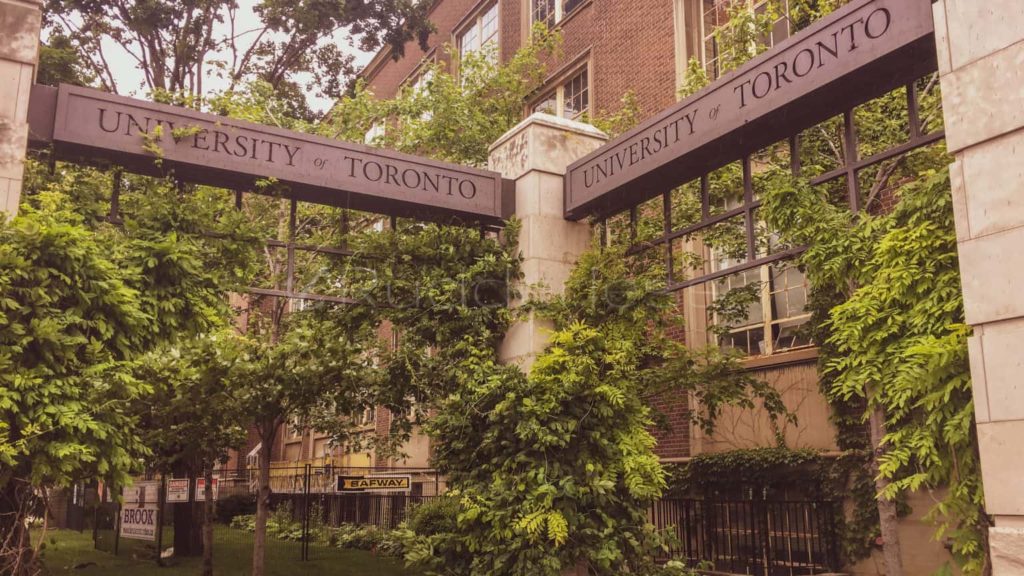
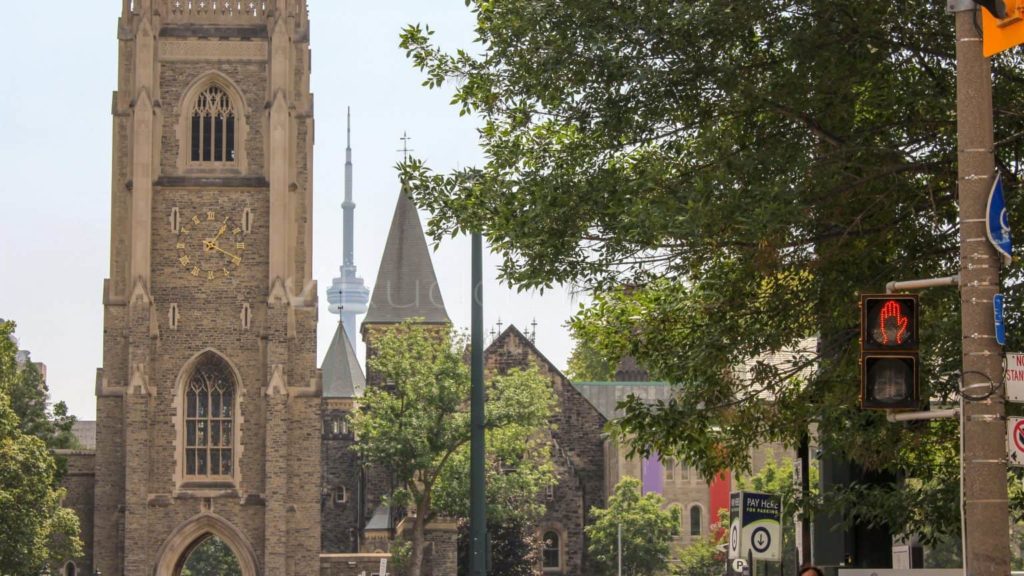
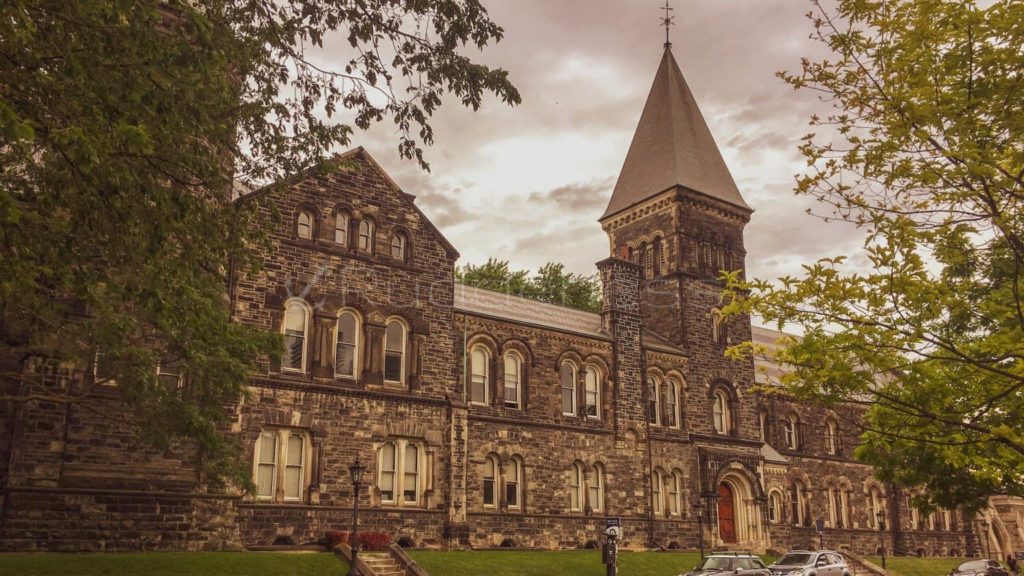

Baldwin Street, Restaurants (*Hidden Gem)
Yes, you might have guessed it’s the same Baldwin family who owned the land where the steps used to get to Casa Loma are built. This small Toronto enclave is located in Toronto’s Grange Park neighbourhood.
Baldwin Village is famous for its small shops and restaurants like Shawarma and Falafel Place, Chardise, Sid’s Deli, and many other favourited restaurants in Toronto.
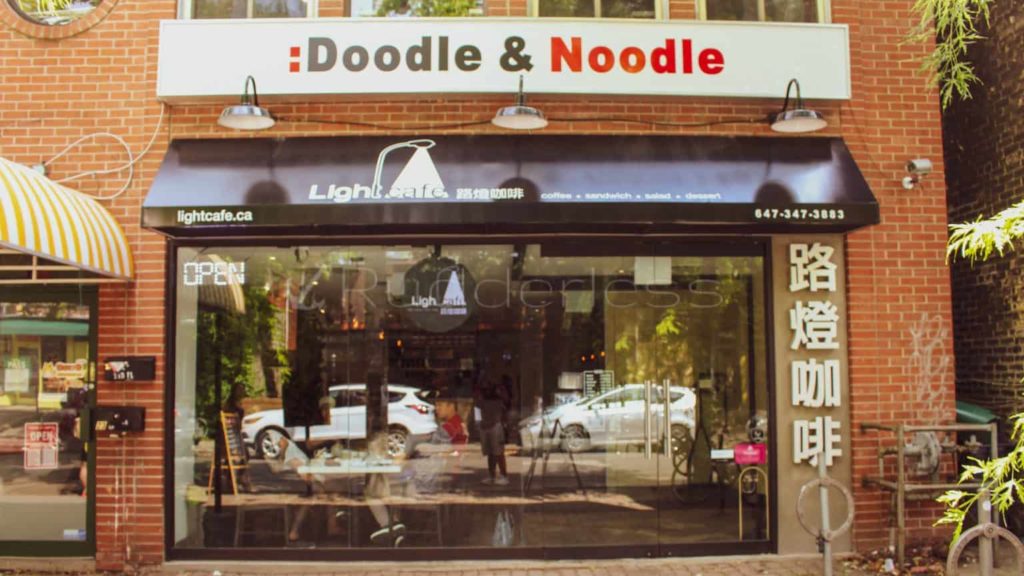
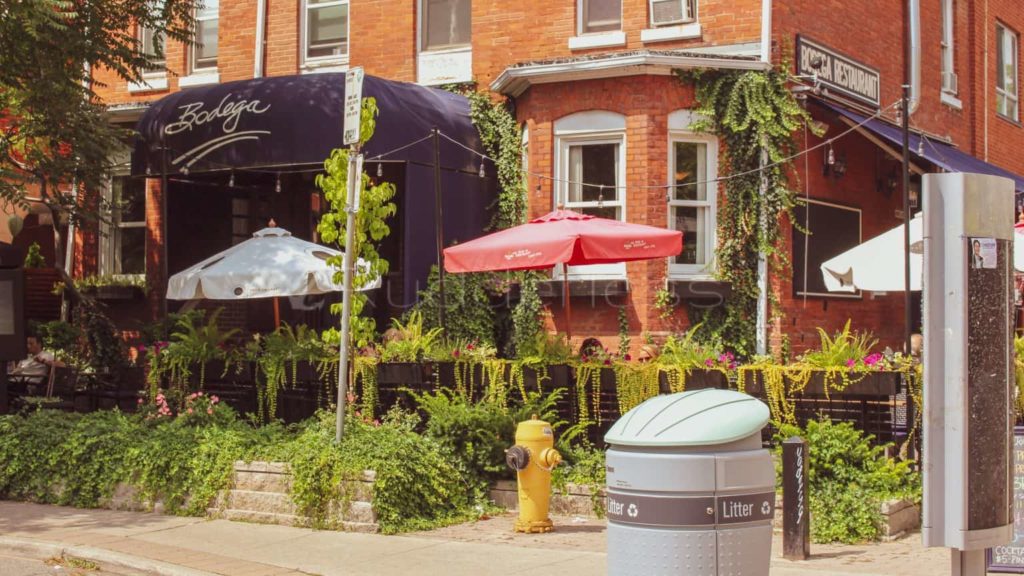
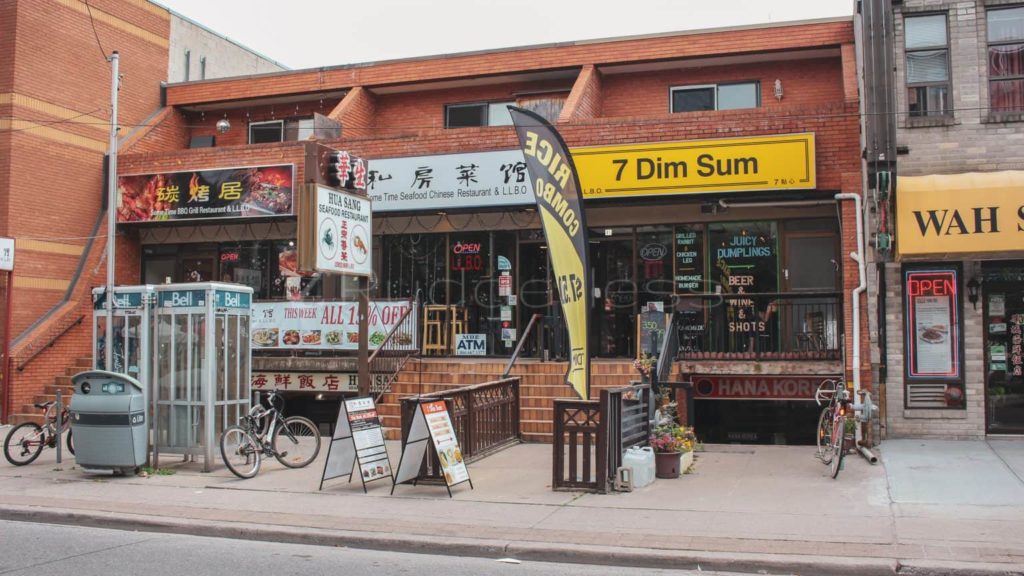
Kensington Market
Kensington Market is Toronto’s self-proclaimed “most vibrant and diverse neighbourhood.” This bustling Toronto neighbourhood serves as a fine indicator of Toronto’s multicultural diversity. No establishment in Kensington Market is the same. Vendors, shops, and restaurants of all sorts of ethnicities make up the melting pot that is Toronto’s “most vibrant and diverse neighbourhood.”
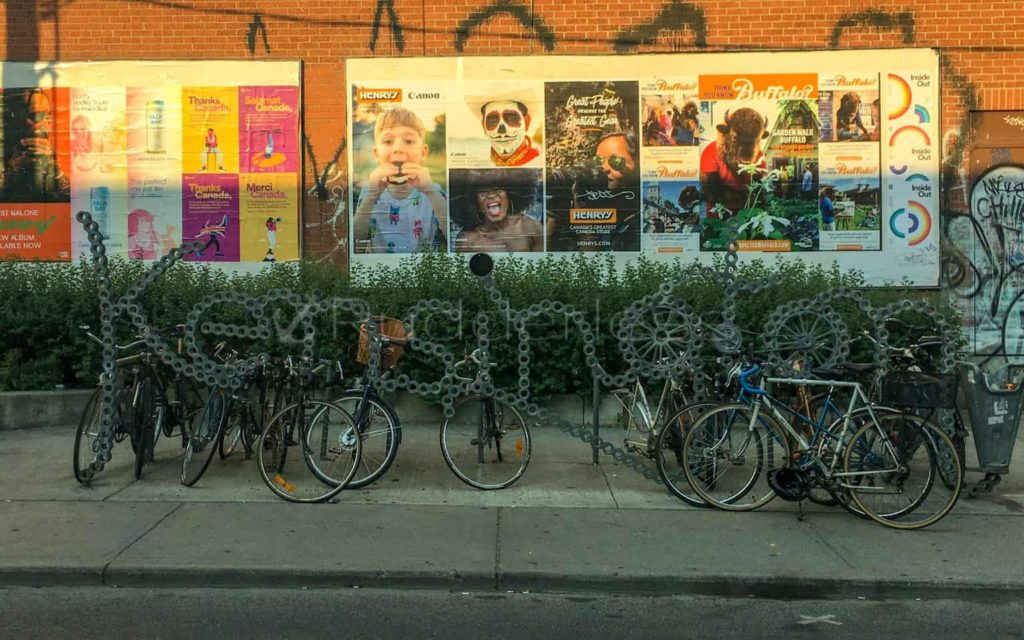
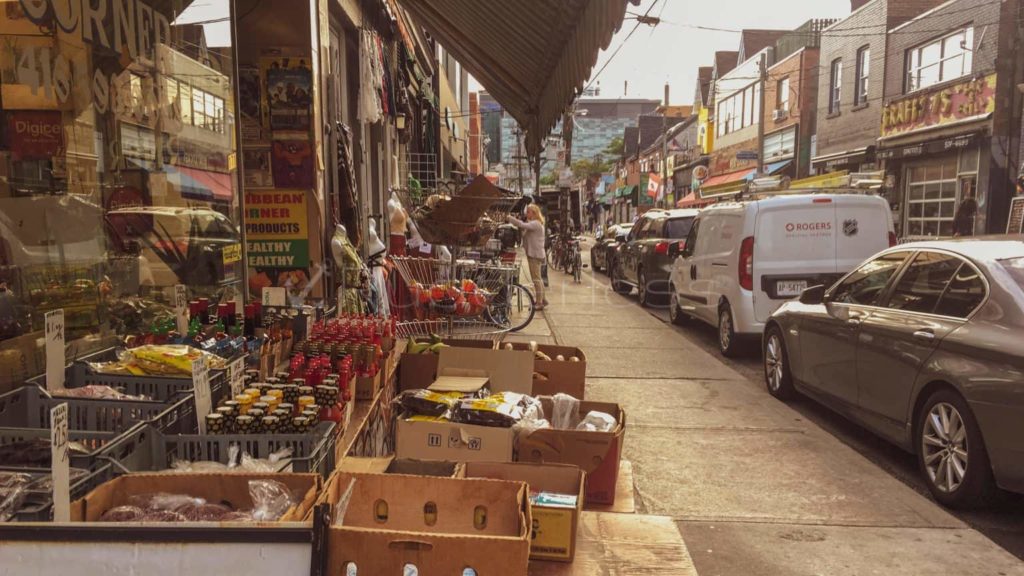
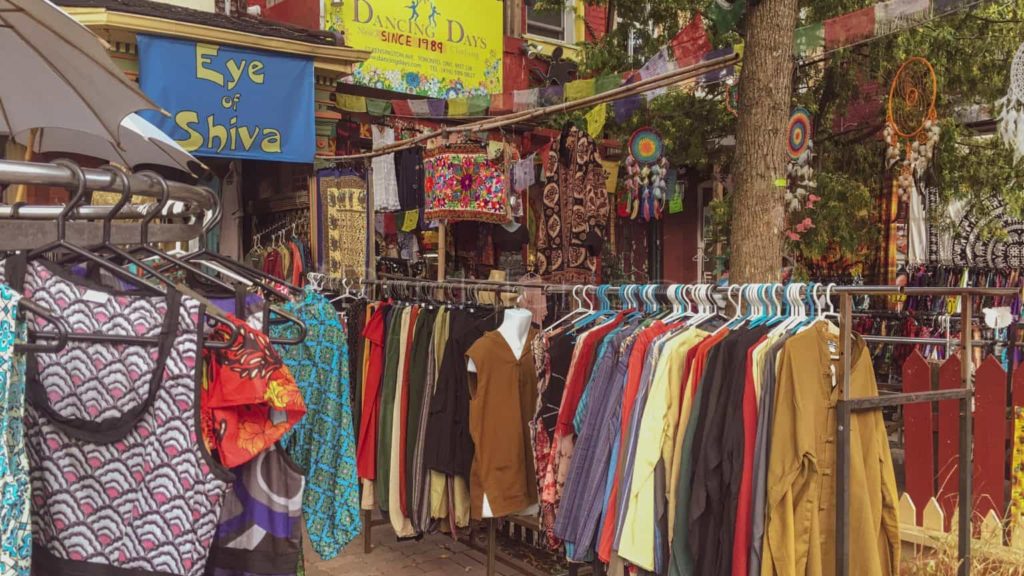
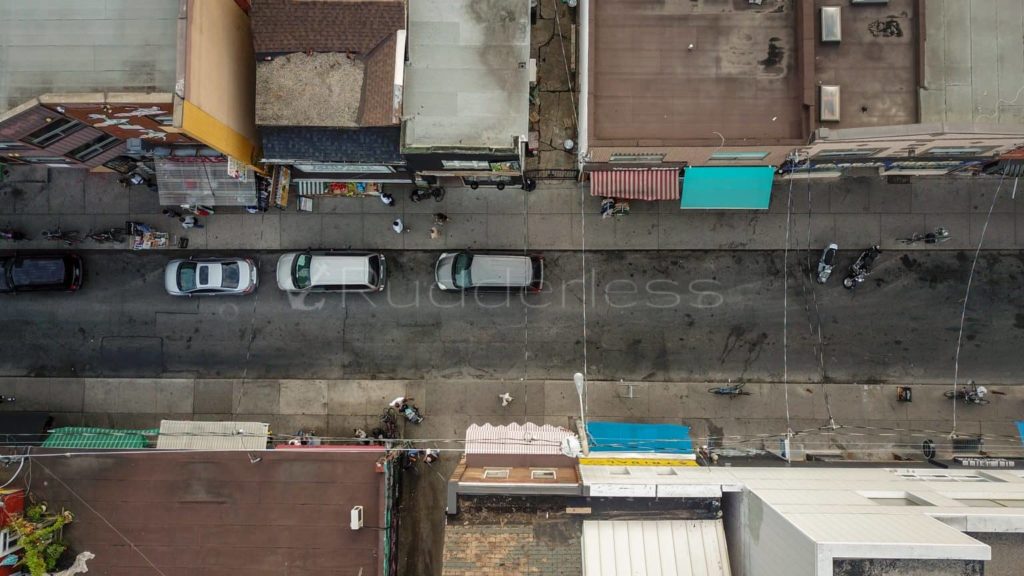
Art Gallery of Ontario (AGO)
The Art Gallery of Ontario (AGO) is home to over 90,000 artworks and is lauded as one of North America’s most distinguished art museums. This massive museum carried works of art ranging from the Renaissance to contemporary art pieces. Aside from being an astonishing physical museum, AGO also has launched its social media website, Collection X, which grants users access to a digital art forum open to artists and art lovers.
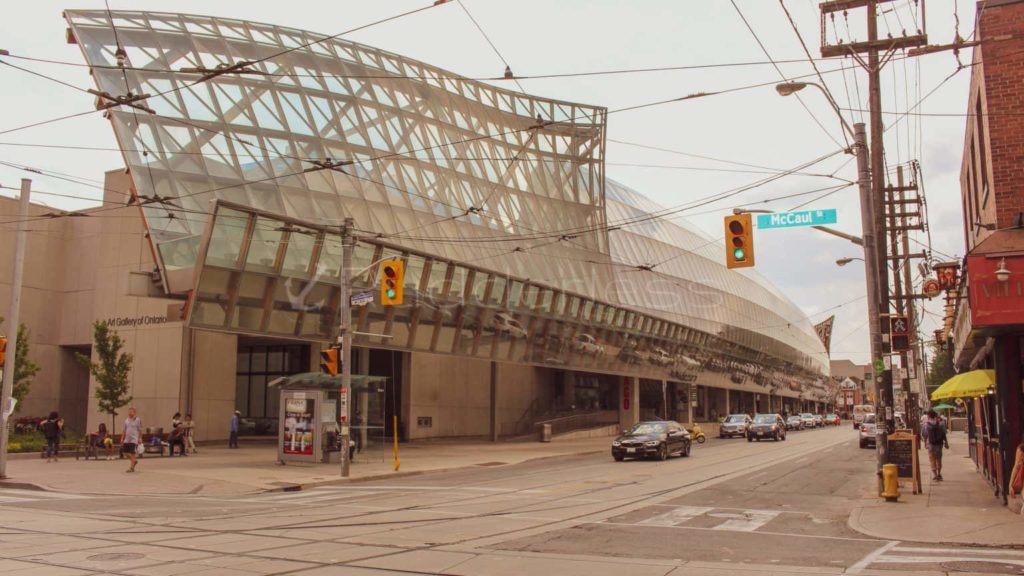
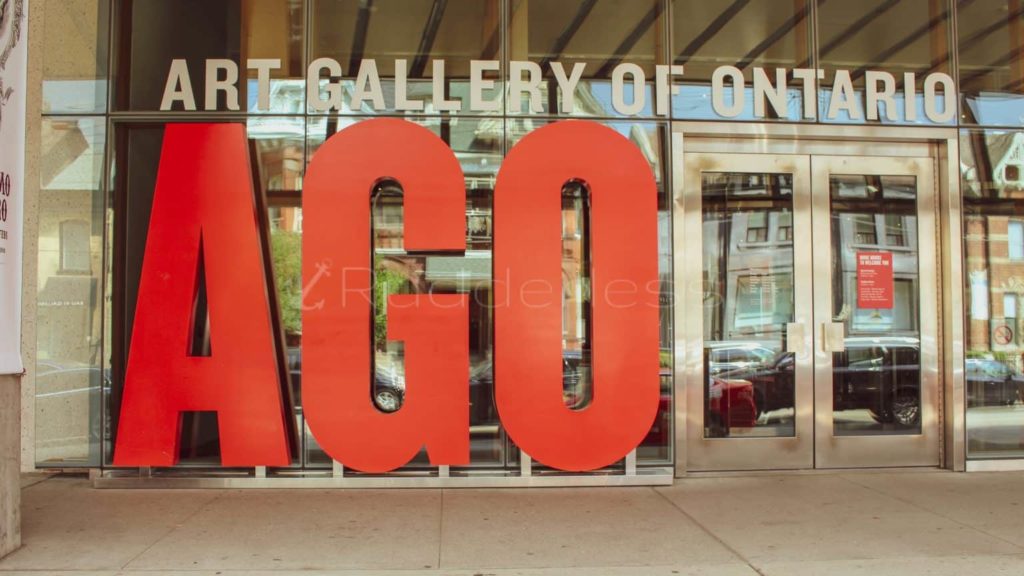
Grange Park
Right beside the AGO is OCAD U (The Ontario College of Art and Design University), and right behind is Grange Park, which happens to be my local park. Many-a-blog-post was conceived in this park!
There are two large sculptures by world-famous sculpture Henry Moore and 14 nature-related, inscribed granite paving stones from famous Canadian authors.
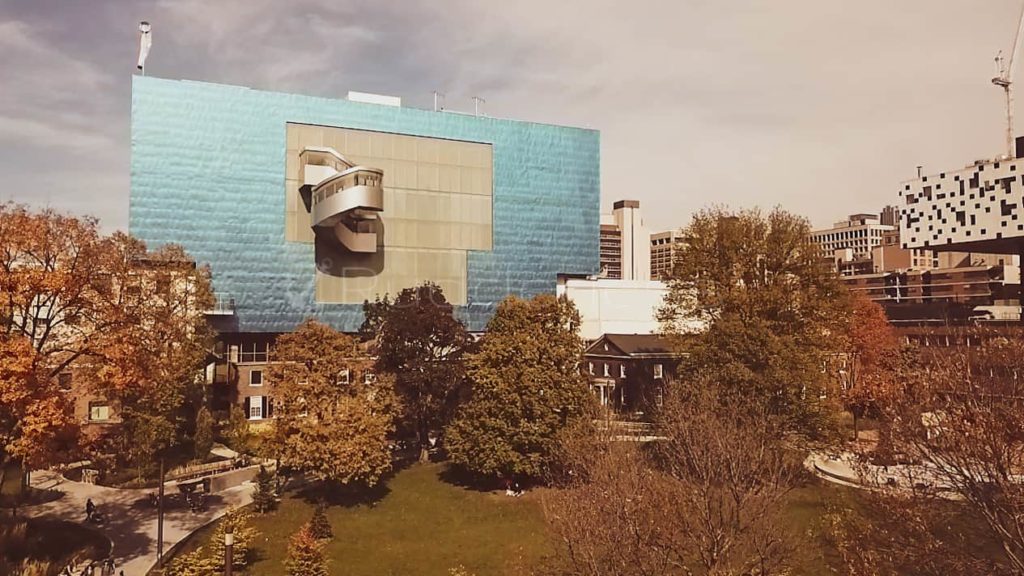
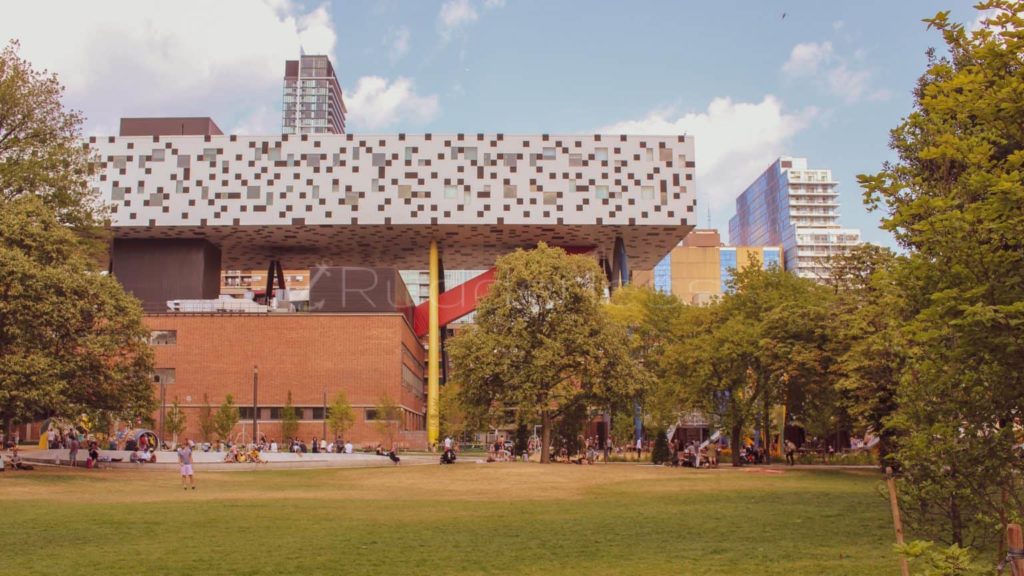
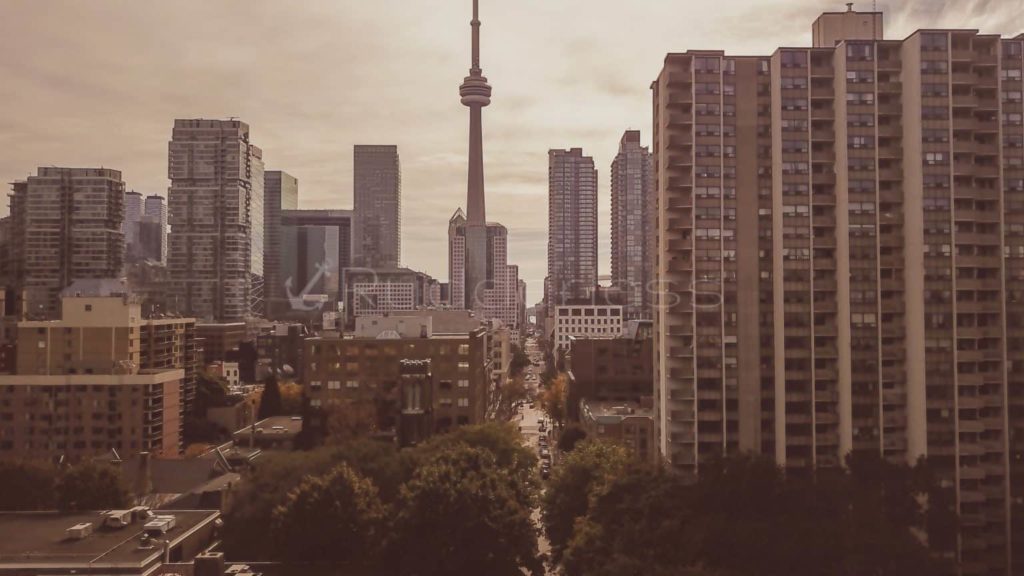
Queen Street West
Named “the second coolest neighbourhood in the world” by Vogue magazine, Queen Street West is in downtown Toronto’s most celebrated (fashion) district. Queen Street West is a hip, urban strip that extends for two kilometres (1.25 miles) between Bathurst and Gladstone and comprises some of the city’s most trendy boutiques, art galleries, bars, and restaurants.
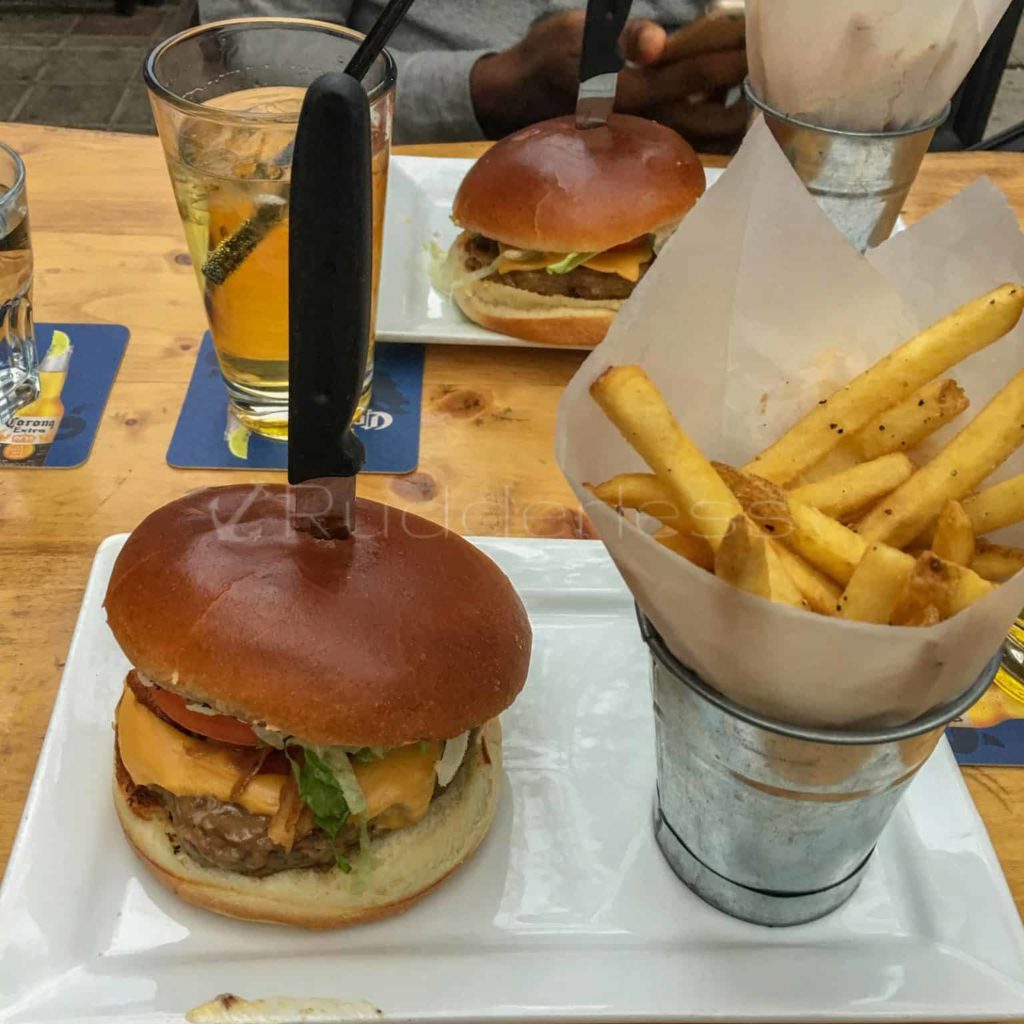
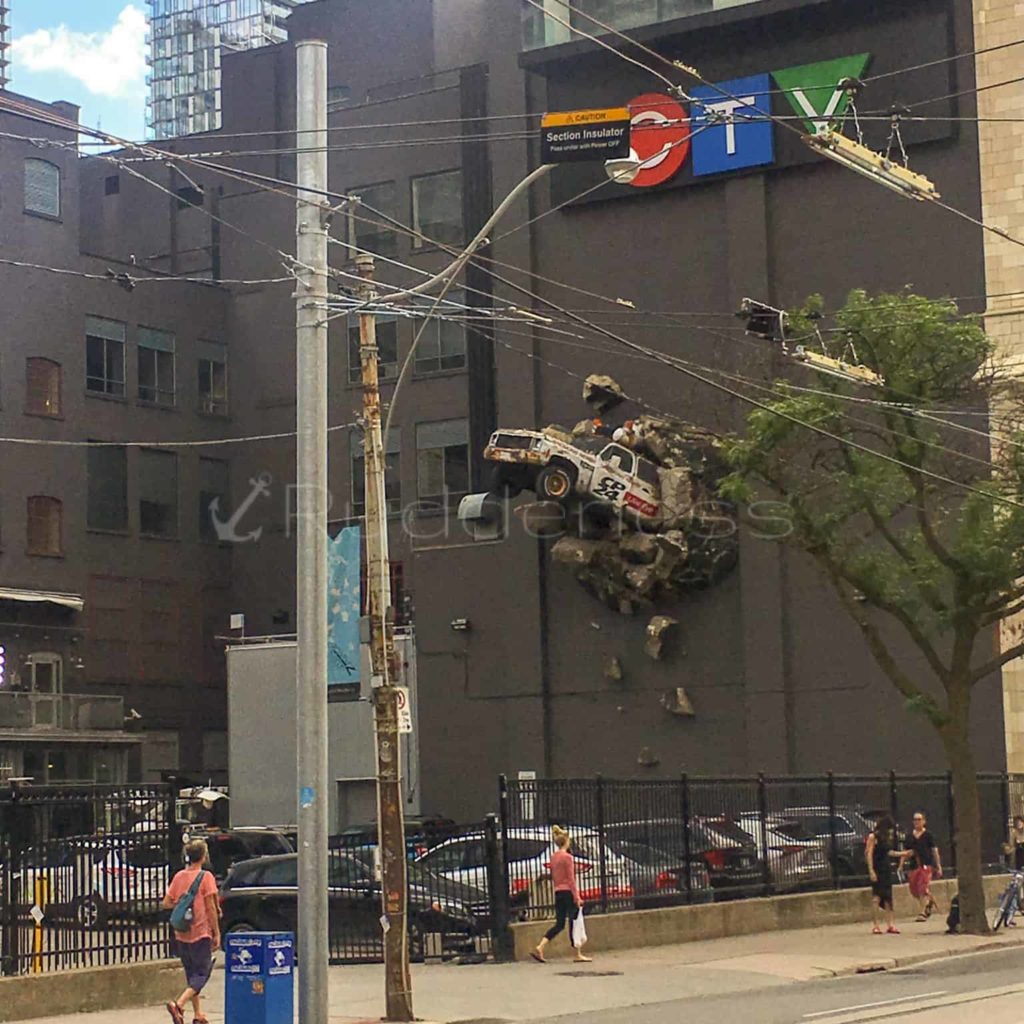
Graffiti Alley (*Hidden Gem)
One of Toronto’s most surprising artistic accomplishments is just south of Queen Street West: Graffiti Alley. Graffiti Alley stretches for approximately one kilometre (.6 miles) and is teeming with urban art that is (legally) painted each summer by an artistic troupe called Style in Progress.
If you’re looking to explore Toronto in hopes of finding a hidden gem that reflects the urban and artistic capabilities of the city, then Graffiti Alley is that and more. Read more about Graffiti Alley from my Toronto’s Graffiti And Street Art post:
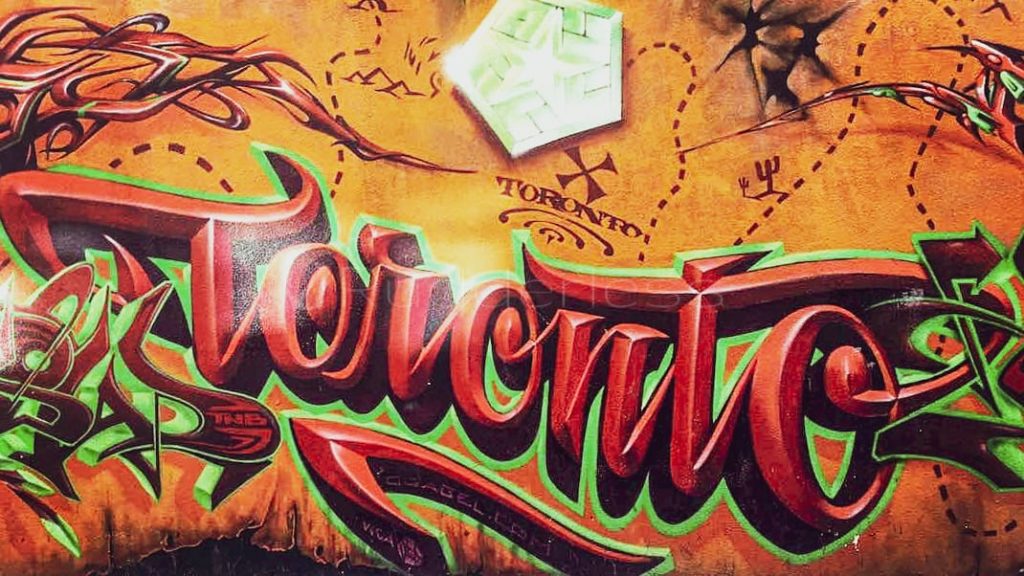
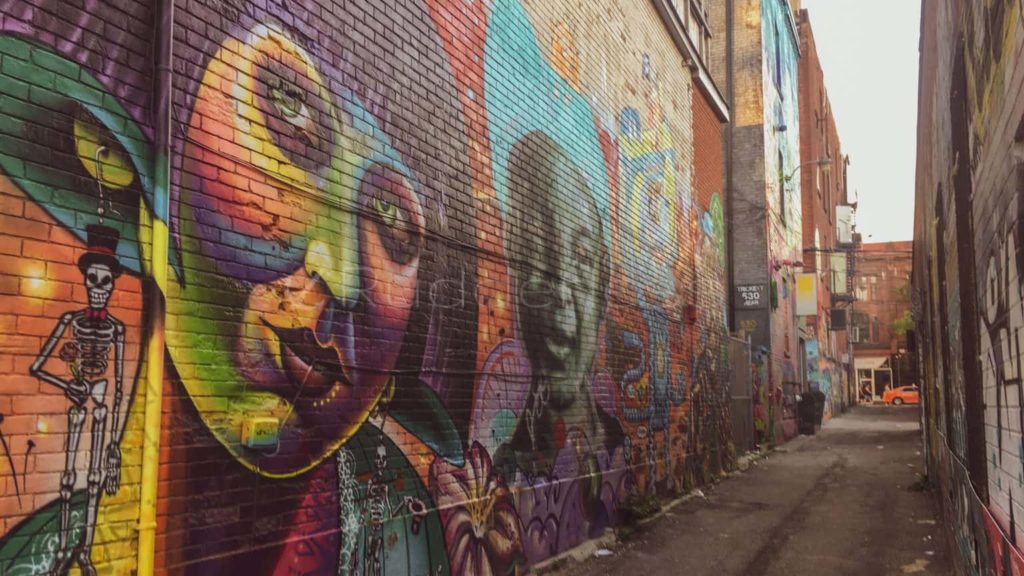
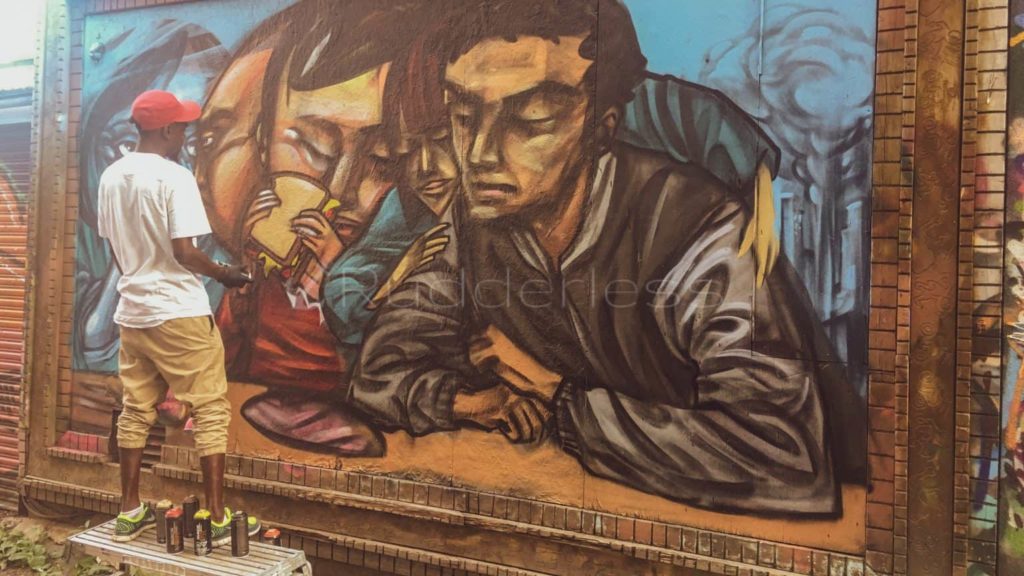
King Street West | King West Village
King West Village is one of Toronto’s fastest-growing communities. With waves of young professionals moving into the neighbourhood, Kings West Village has experienced a boost in its economy and social scene.
Aside from the rapidly changing demographic of the neighbourhood, King West Village is well-known for its landmarks, 19th-century buildings, and iconic brownstones.
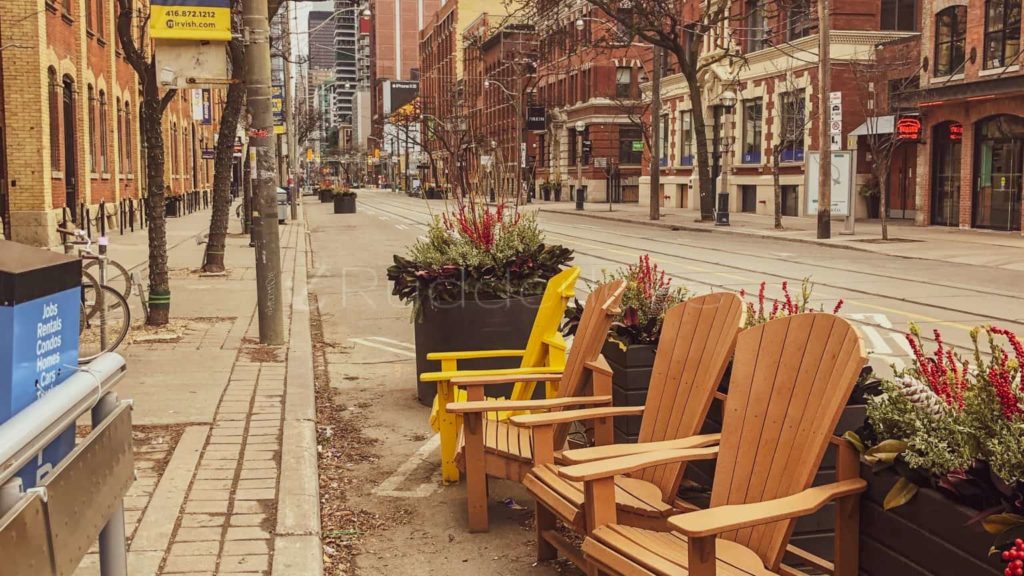
Rogers Centre (a.k.a. The SkyDome)
Opened in June 1989 and originally named the SkyDome, Rogers Centre is a multi-purpose indoor stadium that holds some of Toronto’s wonderfully exciting venues. Notably, the Rogers Centre is home to the Toronto Blue Jays (MLB) and has served as the venue for various events: sporting events, concerts, auto shows, circuses, Disney on Ice, and more.
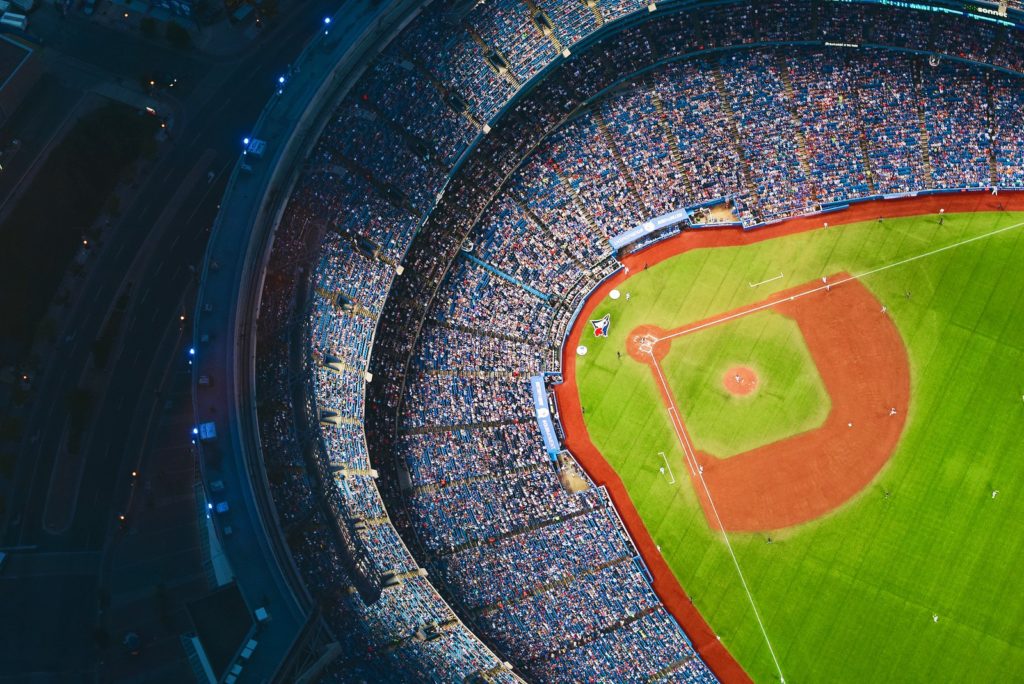
Architecturally, the stadium is well-known for being the first to have a fully retractable motorized roof, an annexed 348-room hotel attached, and the last dual sporting major-league stadium in North America (MLB and NFL).
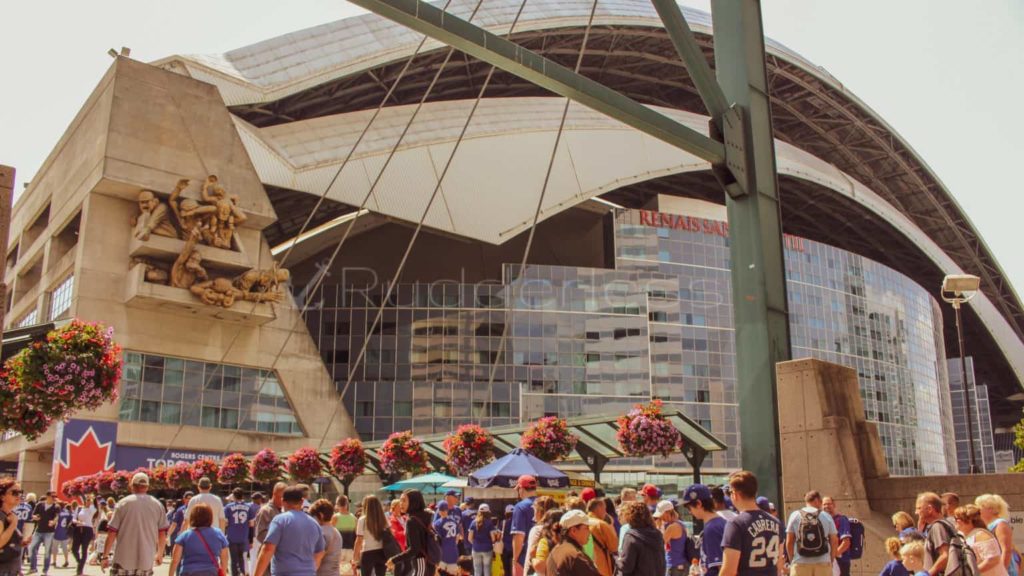
Toronto Railway Museum
The Toronto Railway Museum, a mainstay attraction of downtown Toronto located in Roundhouse Park, is “dedicated to preserving the physical legacy, history, and experience of rail transportation in Toronto and Ontario.”
The museum offers lots like a railway simulator, in-depth historical displays, and interactive displays. Check out the gift shop and go on a Miniature Train ride before you leave!
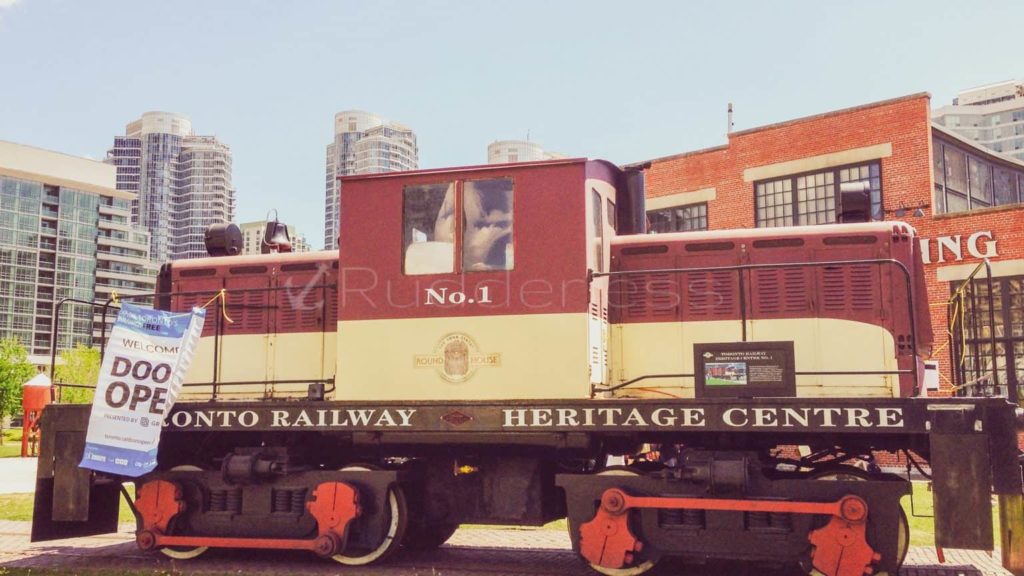
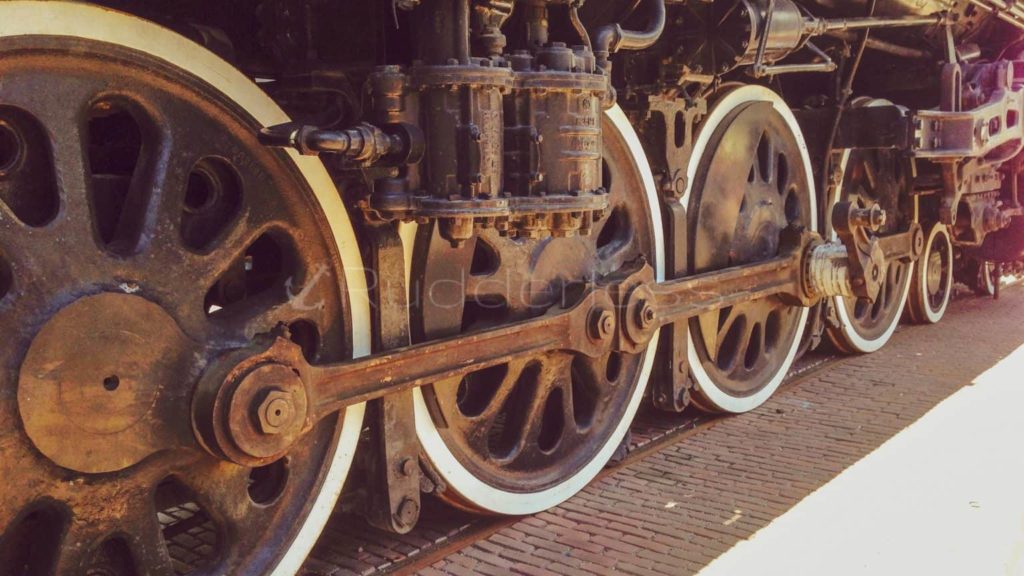
CN Tower | 360 Restaurant
Often viewed as the pride and joy of Toronto, The CN Tower is a spectacular architectural and engineering feat that captures the city’s livelihood. This national icon and landmark are well-known for its (cost-efficient) state-of-the-art LED lighting system and recently being on the cover of Drake’s critically-acclaimed album “Views.”
Aside from its stature as a cultural and urban icon, the CN Tower is home to the revolving 360 The Restaurant. This world-class restaurant is managed by Executive Chef John Morris and General Manager of Restaurants and Events Cameron Dryburgh, who helms the culinary team at the award-winning restaurant.
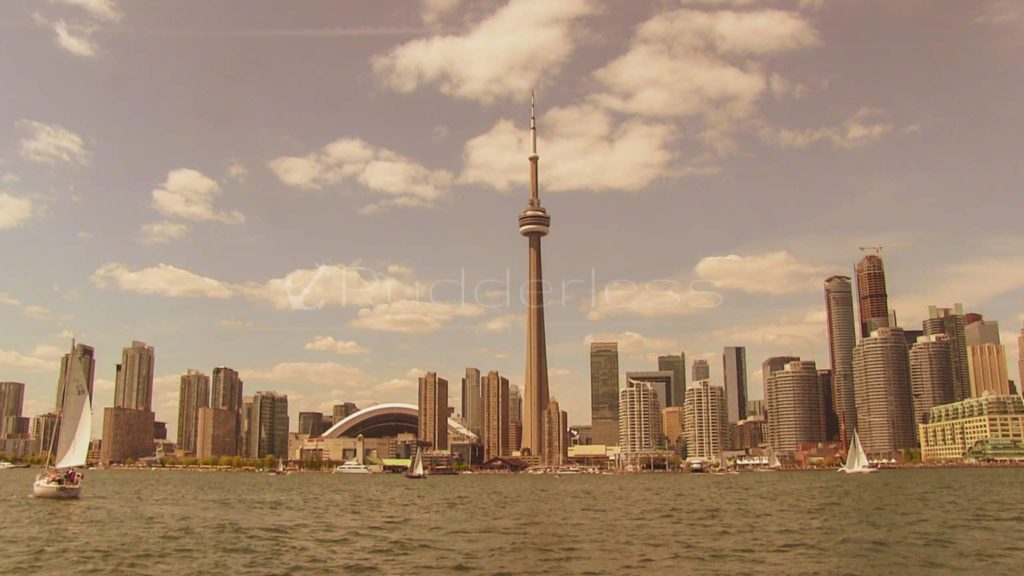
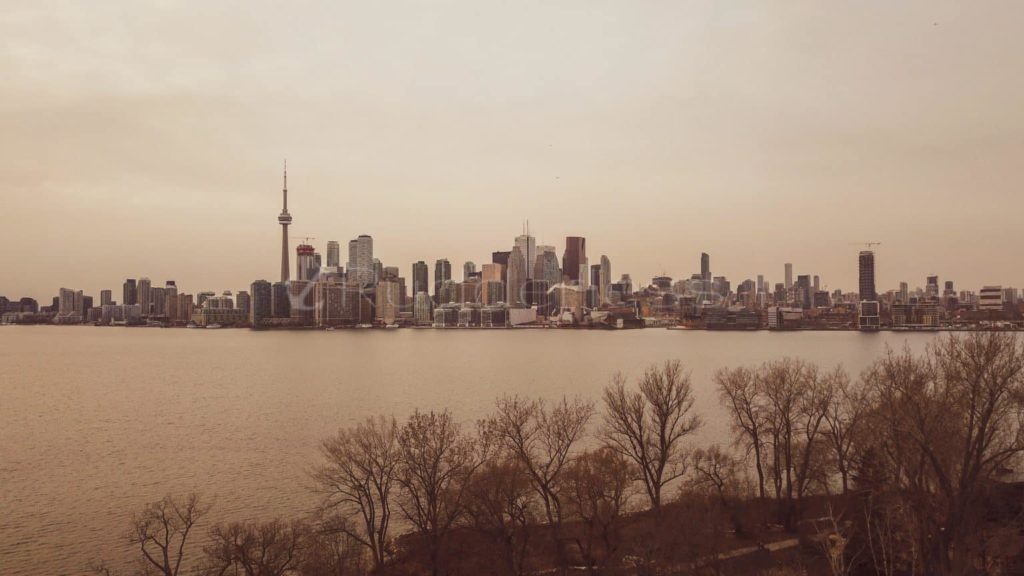
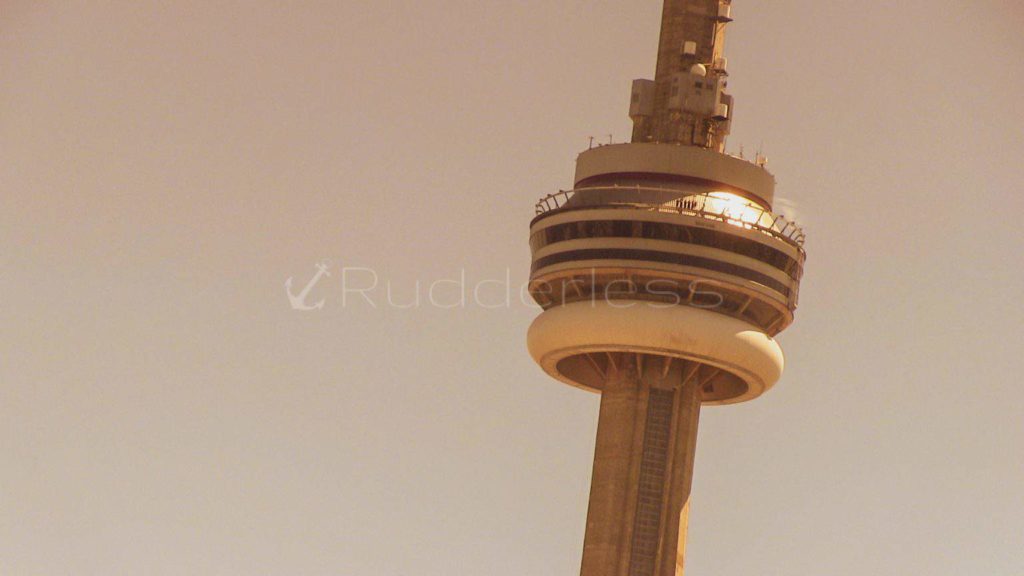
Day 2 of Your Weekend Trip To Toronto
And for the final leg of seeing Toronto in 2 days, today is another jam-packed day, with a few restful stops along the way.
Distillery District
Despite its name, Toronto’s Distillery District is known as “Canada’s premier arts, culture and entertainment destination.” The district gets its name from the 47 buildings formally known as the Gooderham & Worts Distillery.
Since 2003, the Distillery District has offered locals and visitors a “hip, cool dynamic” comparable to New York City’s SoHo or Chelsea. Check out the Distillery District’s unique shops, galleries, studios, restaurants, cafes, theatres, and more!
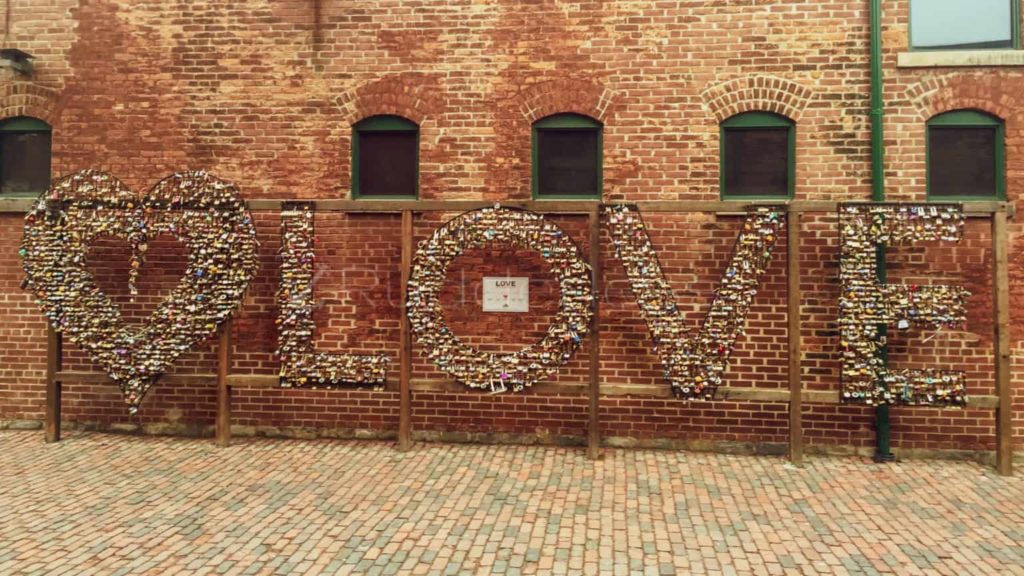
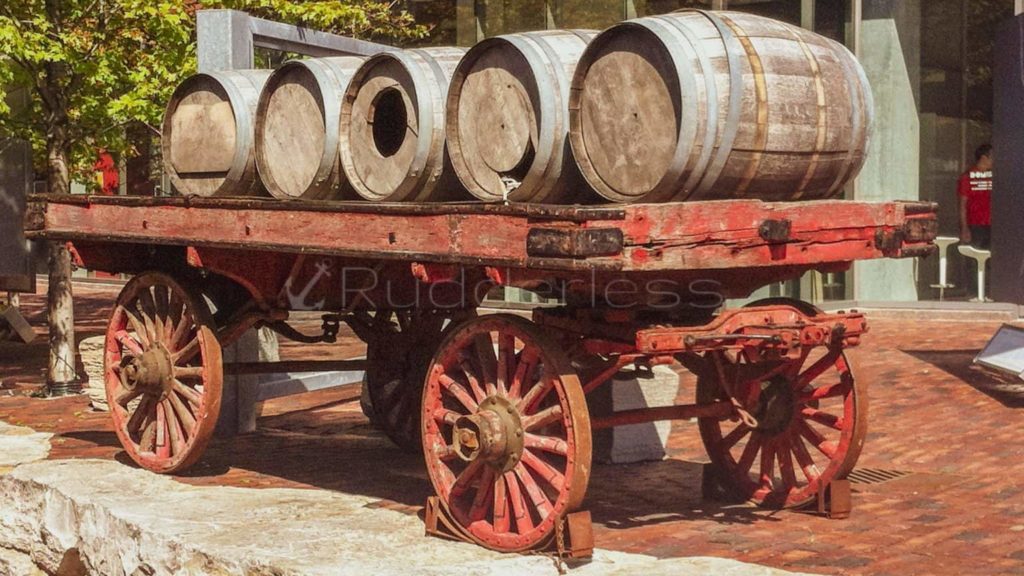
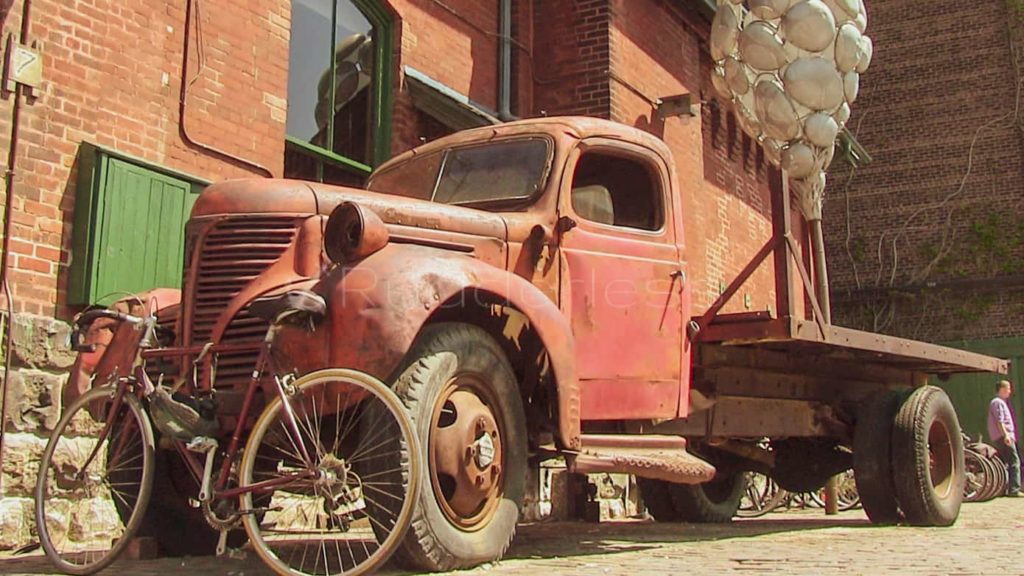
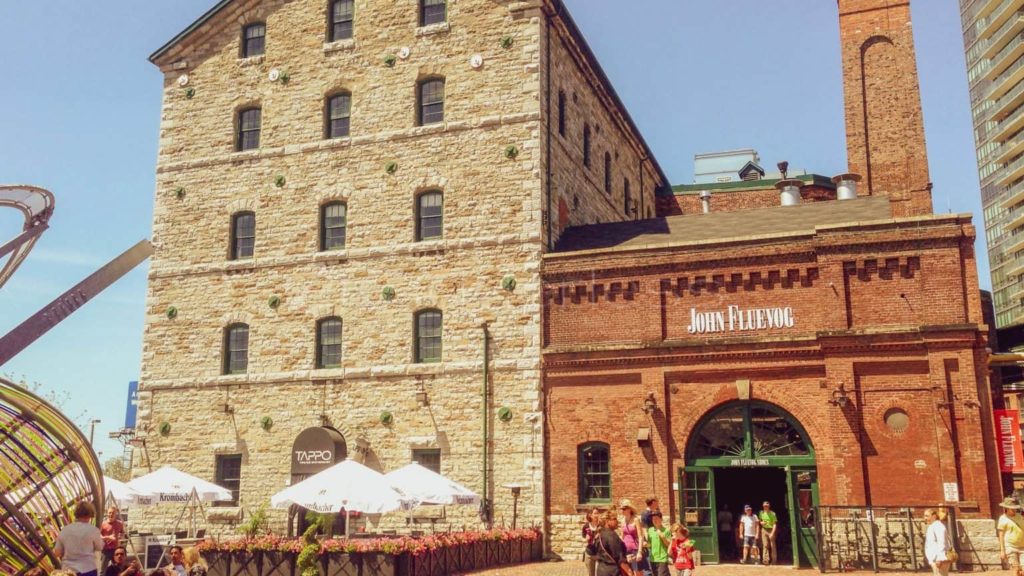
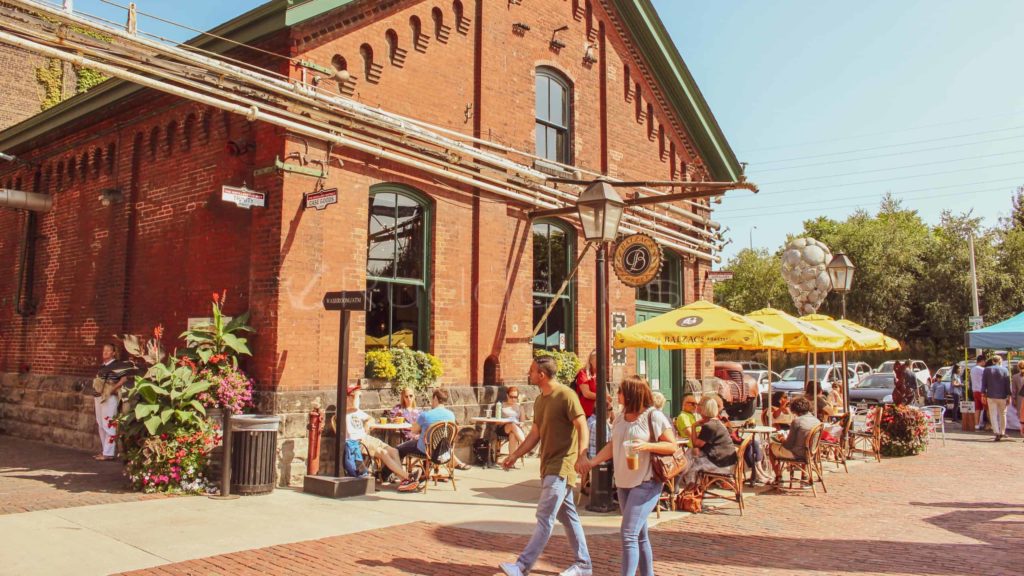
St. Lawrence Market
St. Lawrence Market is an encompassing, nostalgic shopping destination in Toronto. The market comprises three main buildings that each provide unique services and products: The South Market, the North Market and St. Lawrence Hall. The South Market is known for vendors selling fresh produce, meat, fish, grains, baked goods, dairy products, and non-food items.
The second floor of the South Market, home to the Market Gallery, serves as an exhibition space for the City of Toronto’s Cultural Services. The North Market is well-known for its Saturday Farmers’ Market, Sunday antique dealers, and rental spaces. St. Lawrence Hall comprises various retailers on the ground floor, city offices on the second floor, and auxiliary rooms for special events on the third floor.
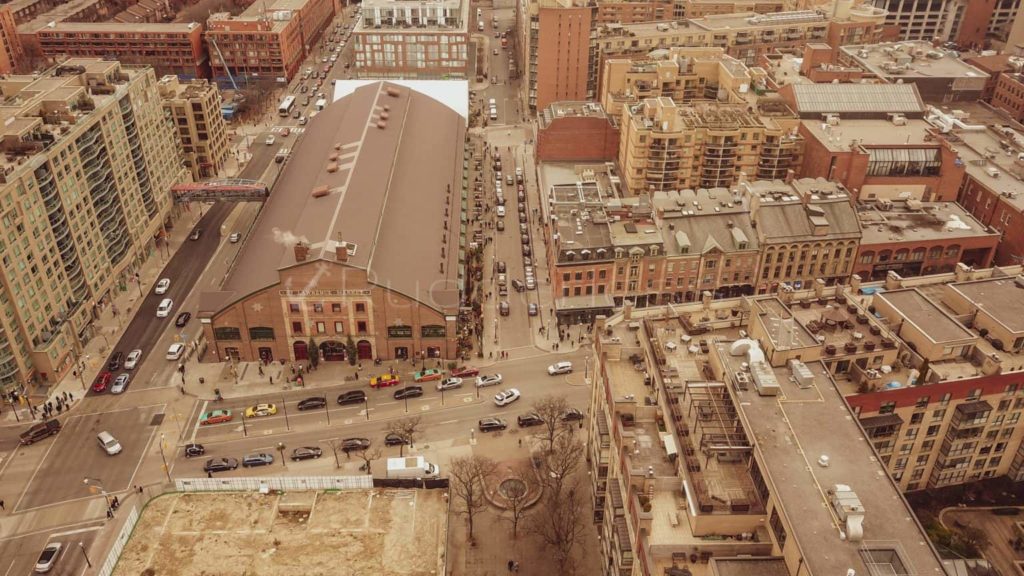
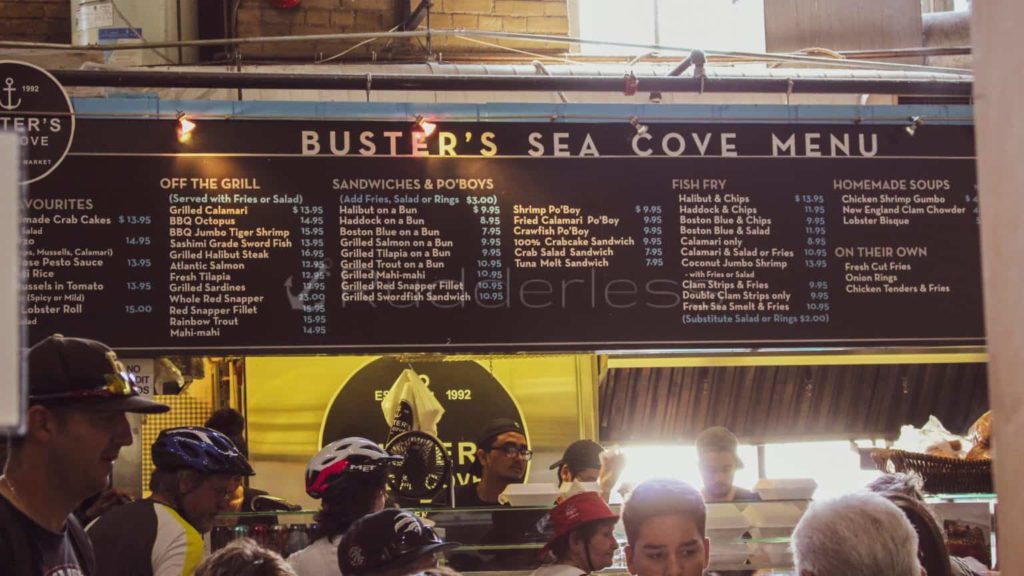
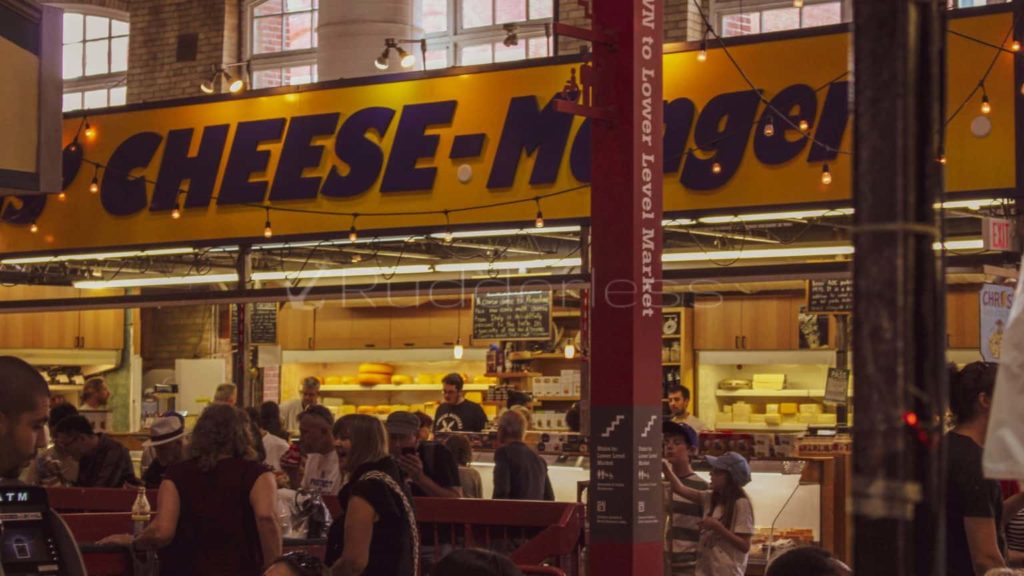
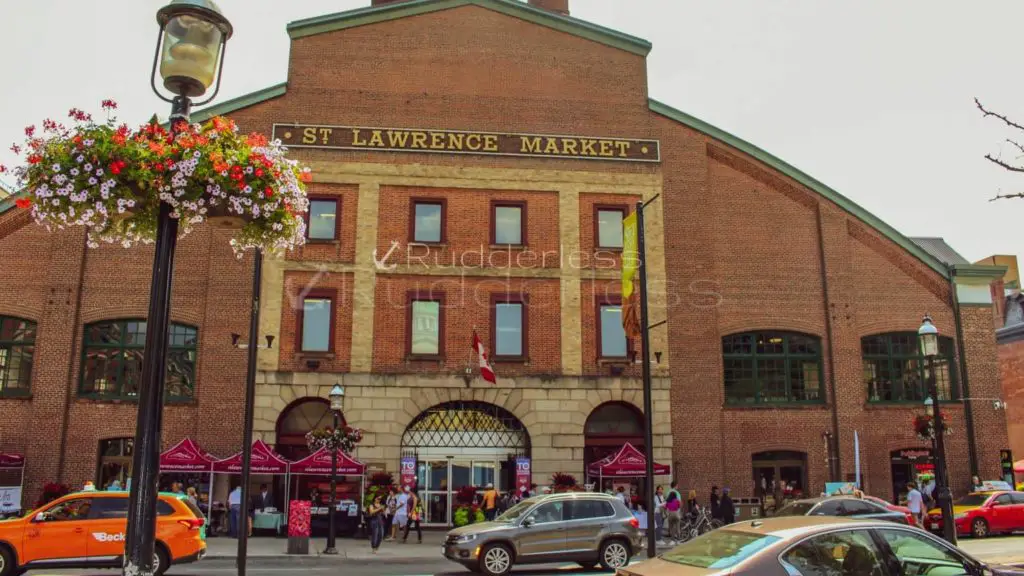
Gooderham Building
Toronto’s Gooderham Building, also known as the Flatiron Building, is one of the city’s historical landmarks. Located in Toronto’s Financial District, the Gooderham Building was completed in 1892 as a premature model of its current architectural state. Now, the building serves as an office building and a historical landmark that adds to Toronto’s pizzazz.
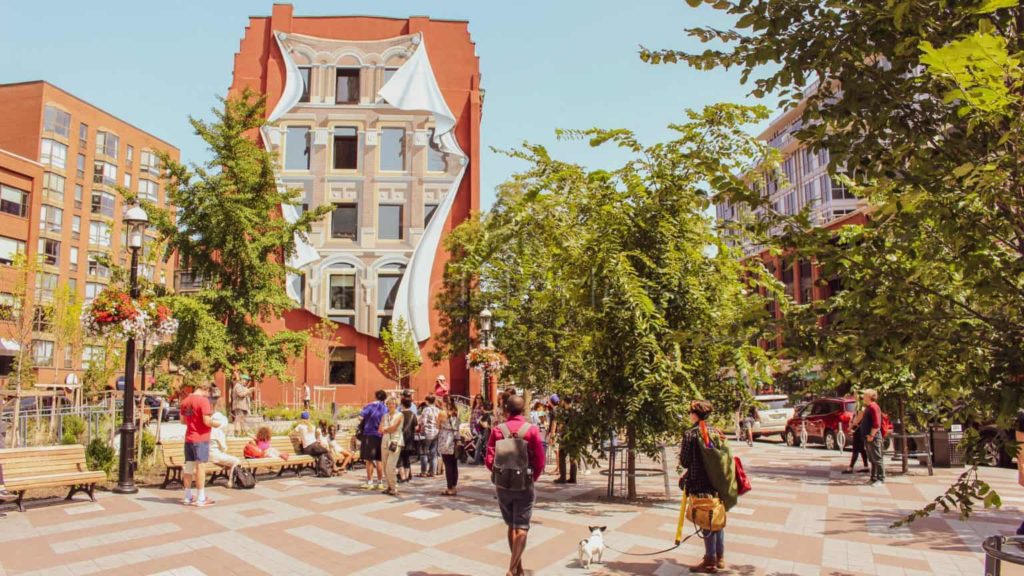
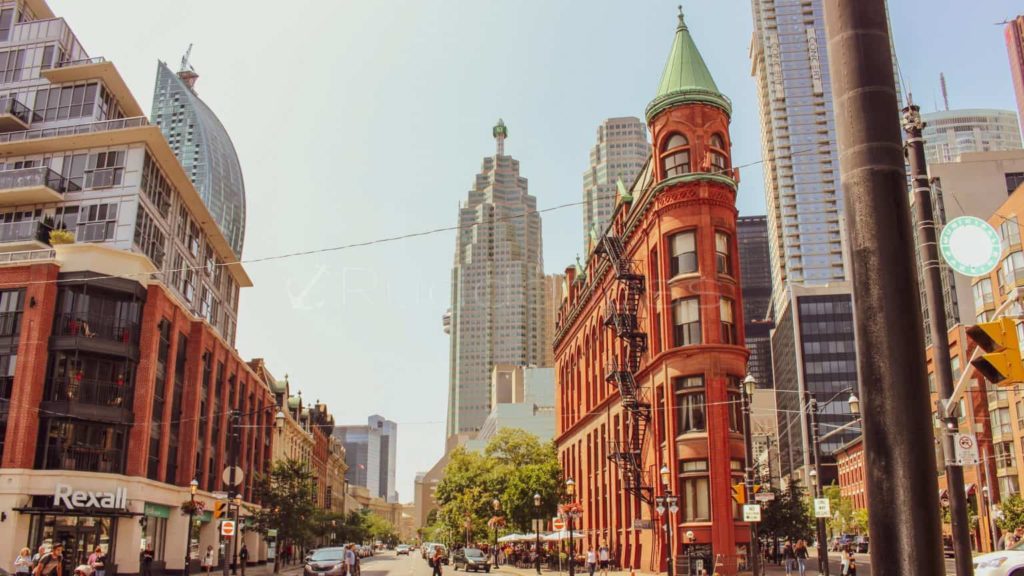
Cathedral Church of St. James
Opened on June 19, 1853, the Cathedral Church of St. James is one of the most significant Toronto-built buildings. The Cathedral was constructed to replicate Gothic Revival architecture. The cathedral is well-known for its 92.9 meters (305-foot) tower and pointed spire.
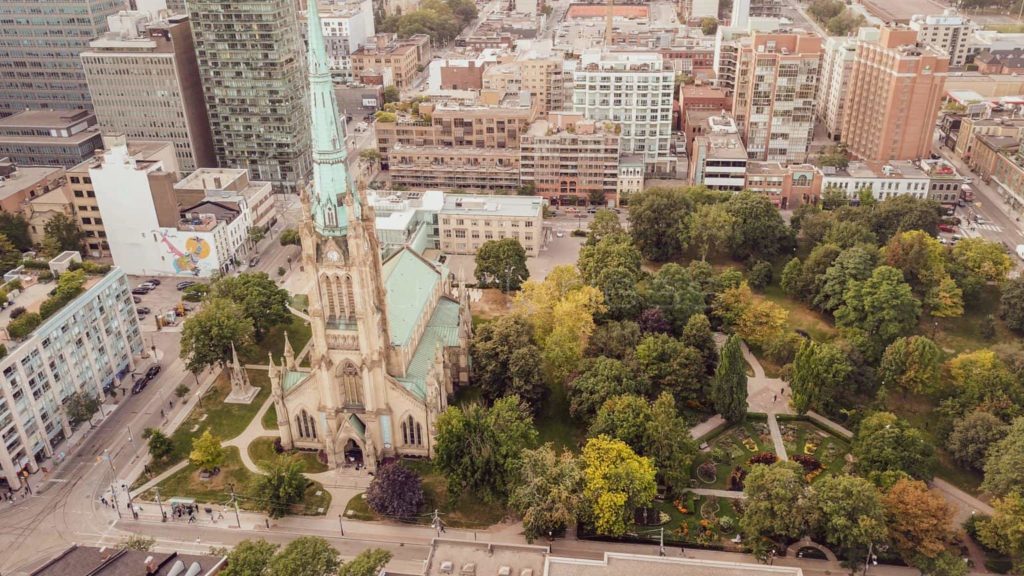
Yonge-Dundas Square
Yonge-Dundas Square is Toronto’s equivalent of New York City’s Times Square. This bustling, vibrant square experiences fluxes of tourists and locals who relish the square’s open space and eccentric ambiance. Yonge-Dundas Square’s myriad LCD displays bring a unique luminescence to Toronto and capture the city’s animated downtown vibe.
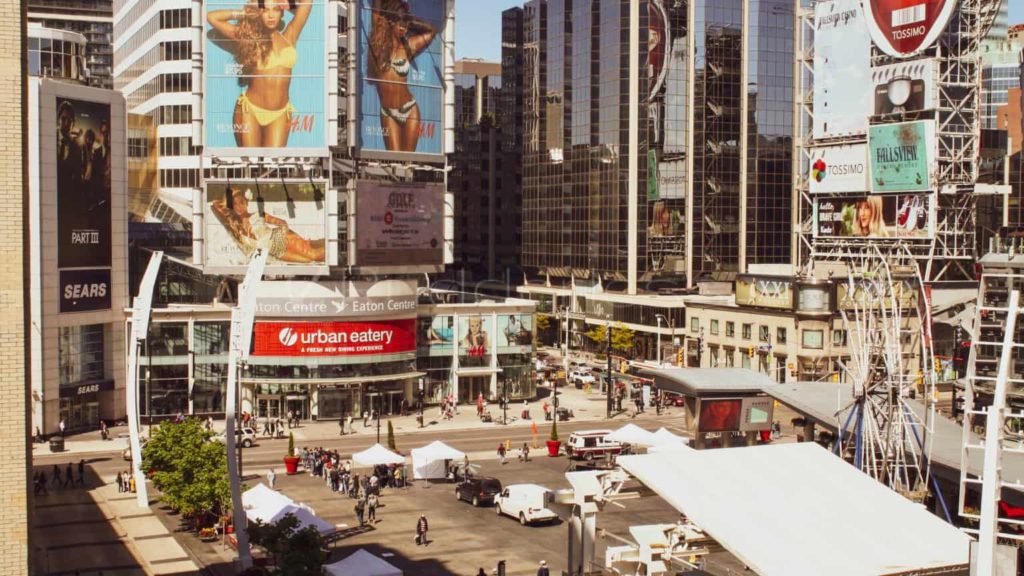

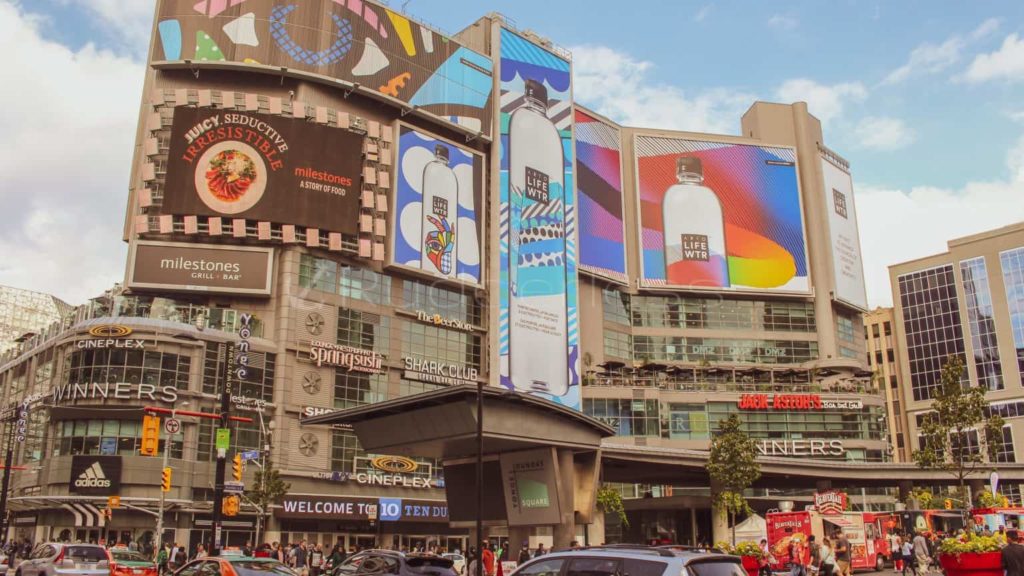
Eaton Centre
Located in downtown Toronto, the Eaton Centre is Toronto’s only mega shopping centre. This massive shopping centre is home to over 230 national and international retailers and offers patrons many dining and entertainment options.
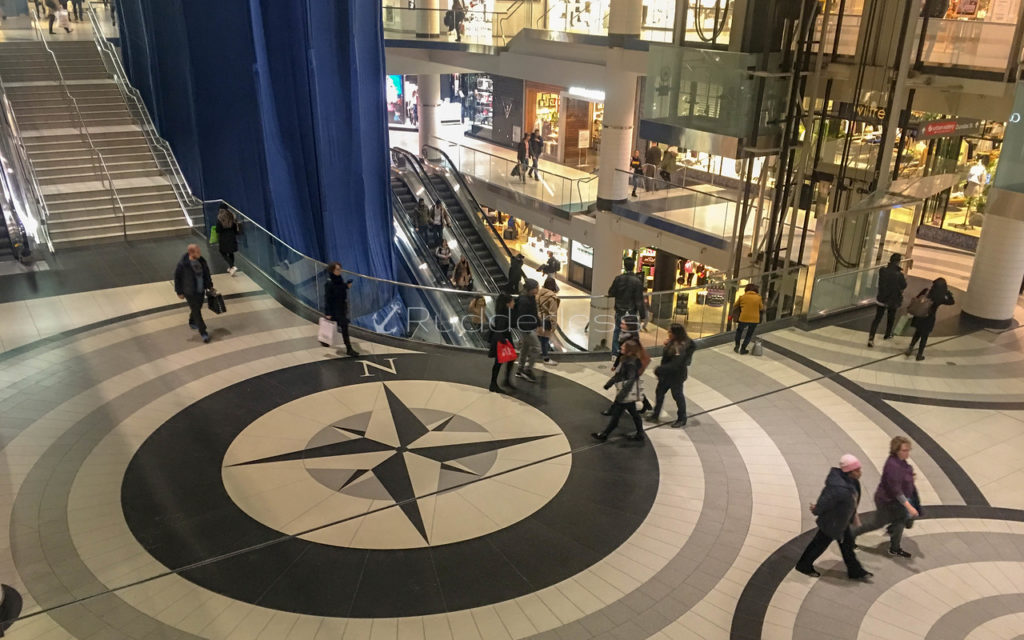
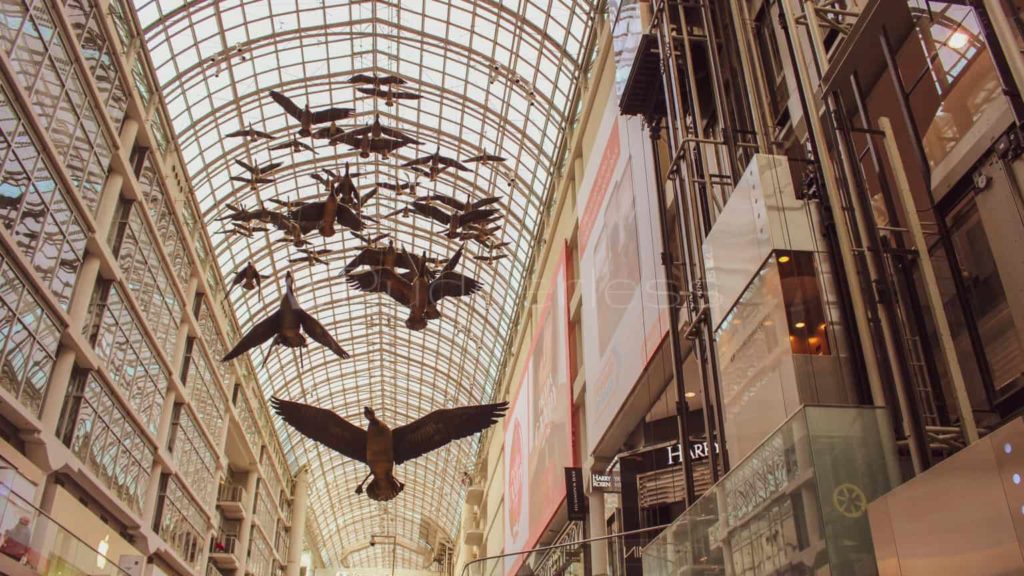
Old City Hall
Old City Hall is just one of four city halls constructed in Toronto. The building boasts a Romanesque style of architecture and a distinguishable clock tower. Since 1984, Old City Hall has been designated a National Historic Site of Toronto.
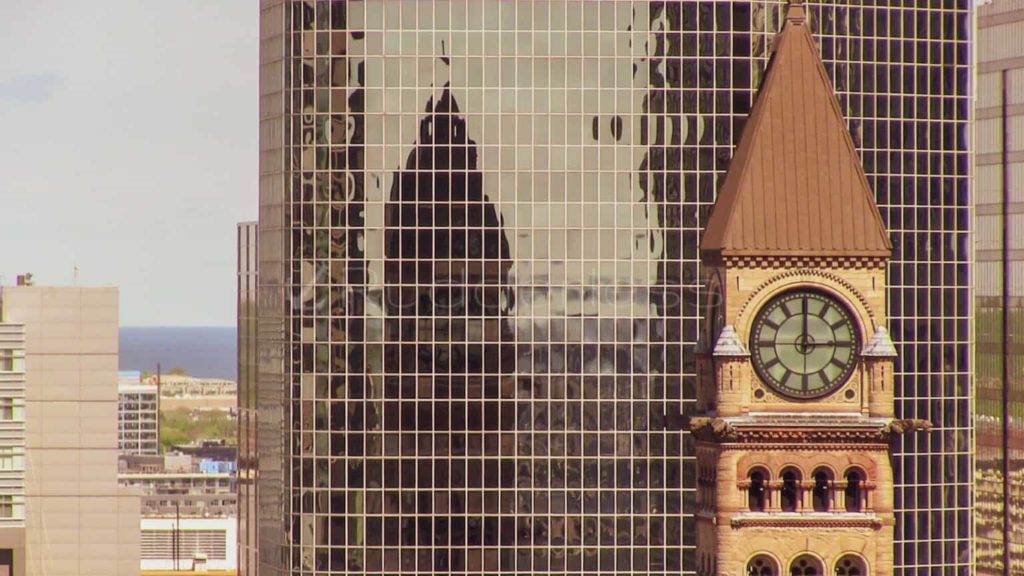
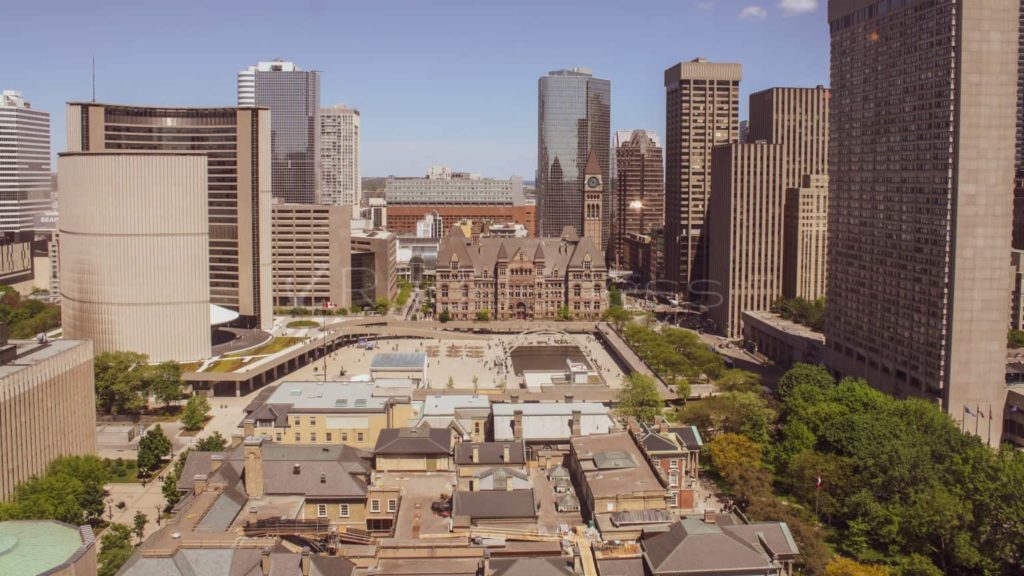
Toronto City Hall | Toronto Sign
Toronto City Hall, also known as New City Hall, is the home of Toronto’s municipal government. Despite its round base, Toronto City Hall comprises two curved towers and stands at varying heights. Toronto City Hall’s courtyard, Nathan Phillips Square, serves as the primary host of various festivals and events in Toronto.
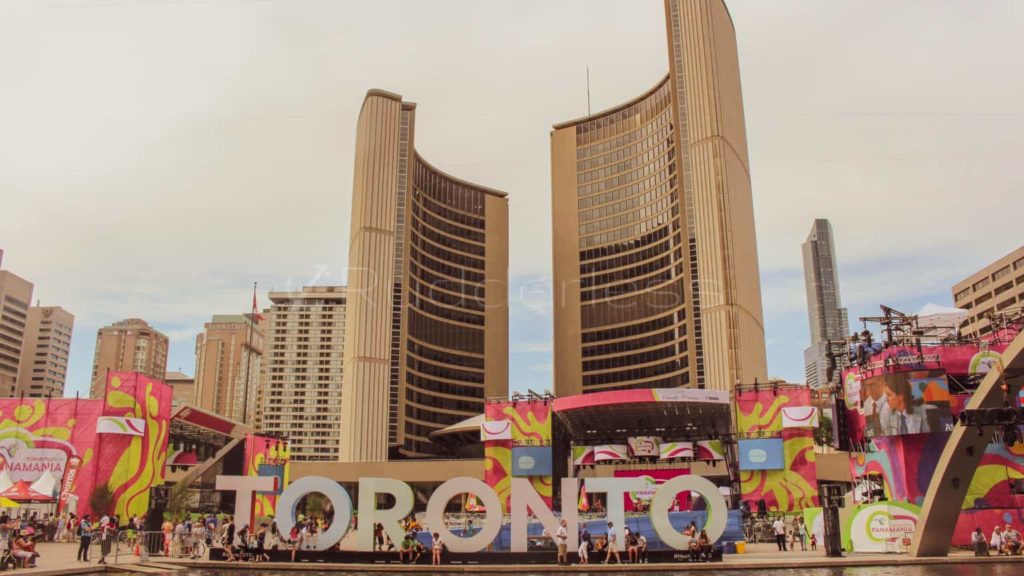
Yonge St.
Centred around Yonge-Dundas Square is Yonge Street. As is typical of the streets of downtown Toronto, Yonge Street is lined with heaps of restaurants, bars, and shops. Yonge Street is one of Toronto’s main streets. It is the longest street in the world and divides the city between East & West.
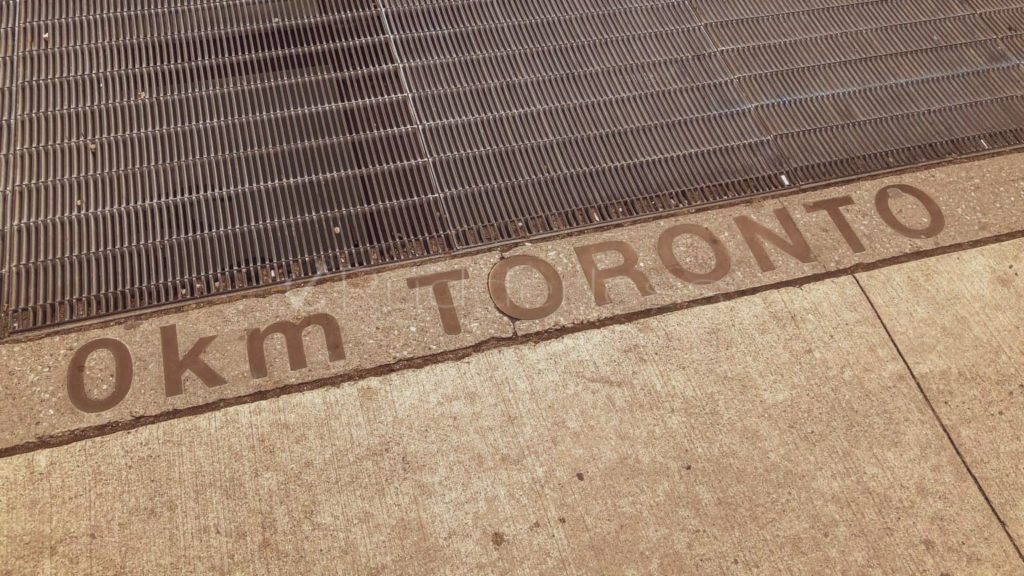
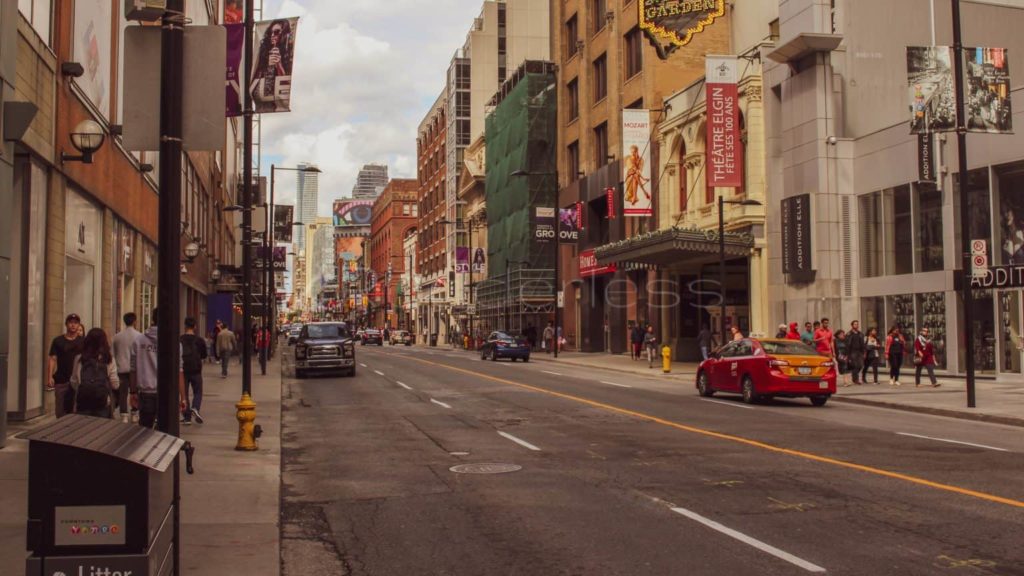
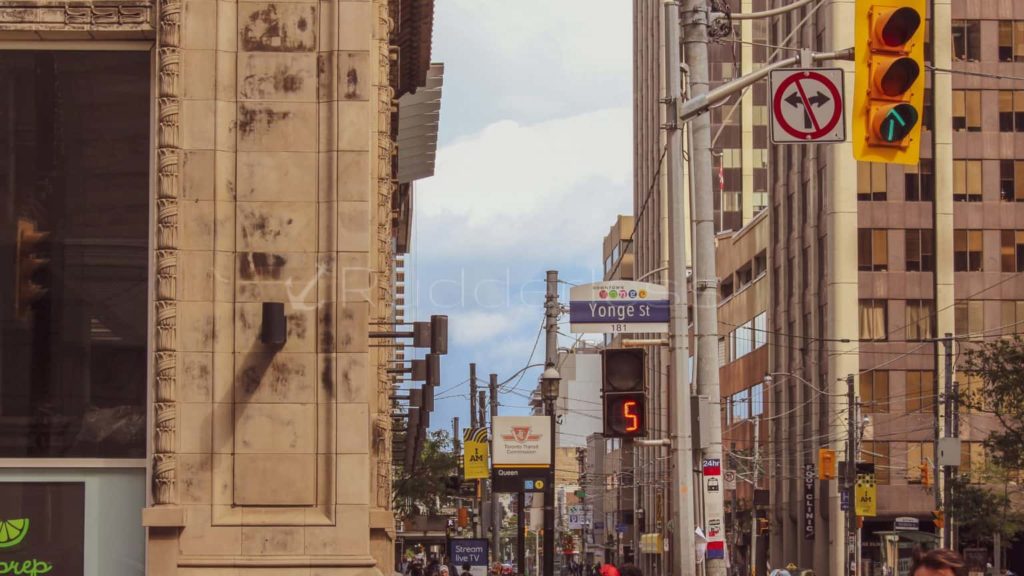
Hockey Hall of Fame
In typical Canadian fashion, Toronto is home to the Hockey Hall of Fame (HHoF). The Hockey Hall of Fame building was established in 1943 on Yonge Street. The HHoF houses 15 various exhibit areas that cover 60,000 square feet.
Visitors of the HHoF can view trophy displays, memorabilia, and player equipment worn during special games. The Hockey Hall of Fame also has an interactive display called “Be a Player” that allows patrons to use and shoot real pukes against a simulated legendary goaltender, Ed Belfour.
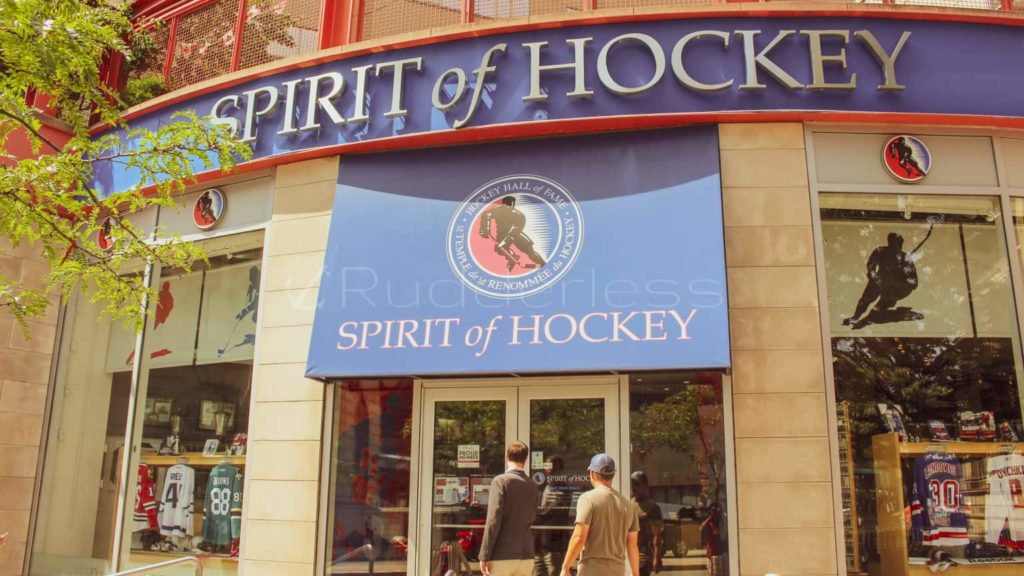
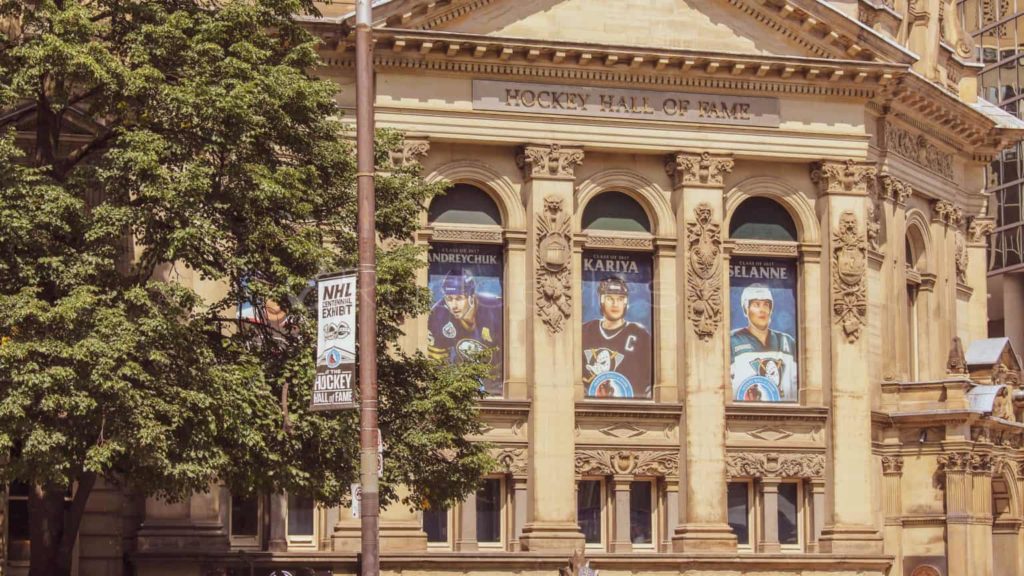
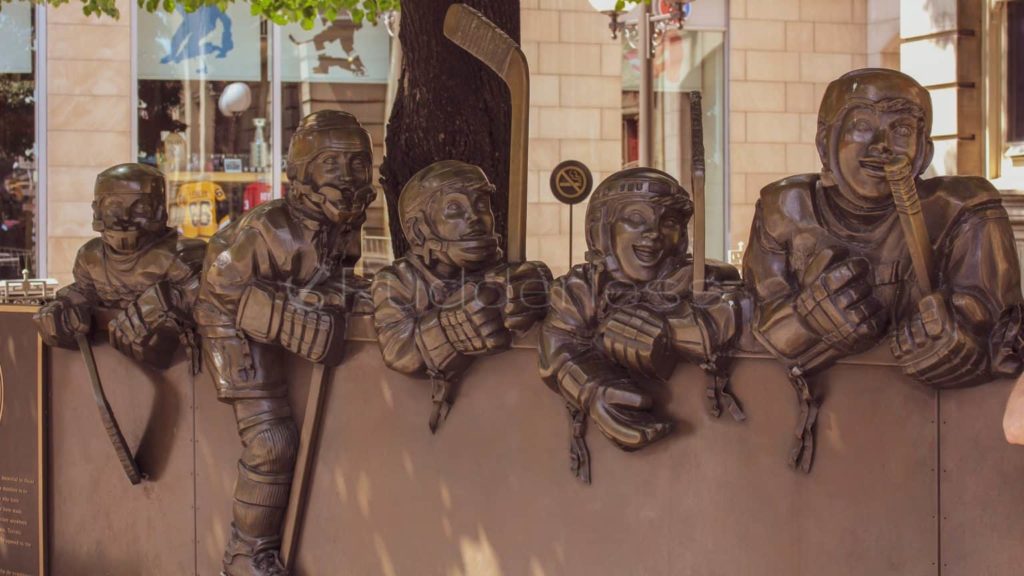
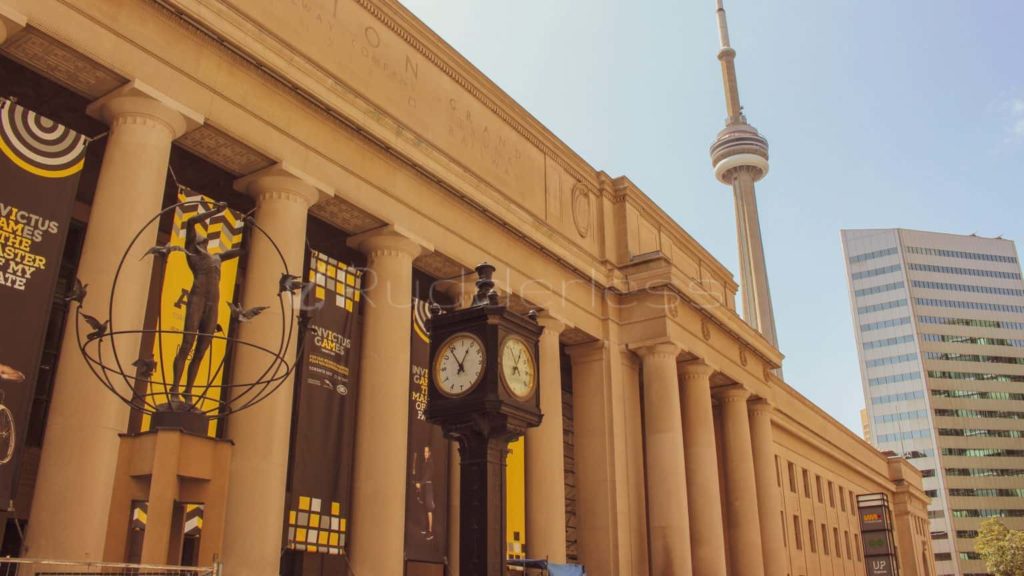
Harbourfront | Harbour Centre
The Harbourfront Centre is a nonprofit cultural organization that organizes events and activities to enrich and enhance downtown Toronto. Located at 235 Queens Quay West, on Toronto’s waterfront, the Harbourfront Centre is a must-visit destination for all those looking to enjoy the cultural diversity and creativity of Toronto right on the water.
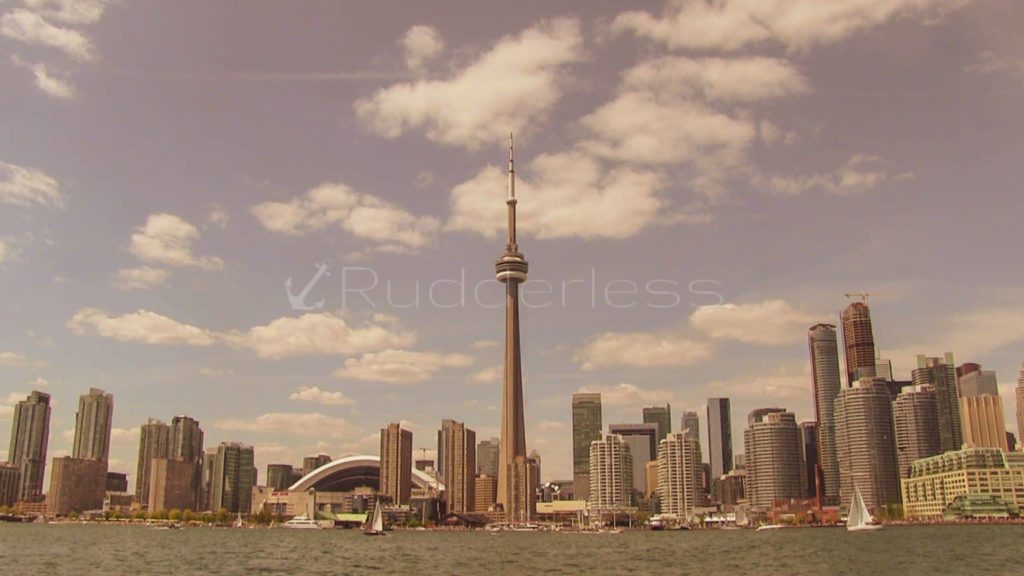
Amsterdam BrewHouse
Located on the Harbourfront, Amsterdam BrewHouse offers patrons craft beers and delicious eats. Amsterdam BrewHouse’s ideal location is the perfect place to enjoy local craft beers, delicious local foods, and a lakeside view of Lake Ontario.
Visit my post, The Best Harbourfront Restaurant in Toronto, to learn more about this fantastic place!
Also, while at the Amsterdam BrewHouse, I got out with a good friend and fellow travel blogger, Danielle, from the Thought Card. She’s a pro at cost-effective travel, so if you’re curious about budgeting a trip to Toronto, she wrote a great post called Toronto Budget: How Much Does A Trip To Toronto Cost?
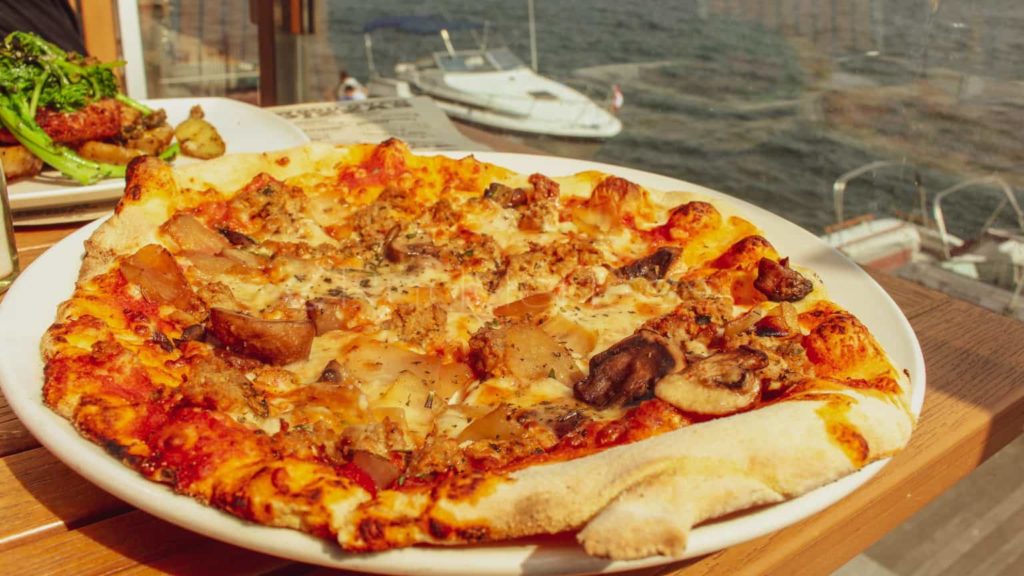
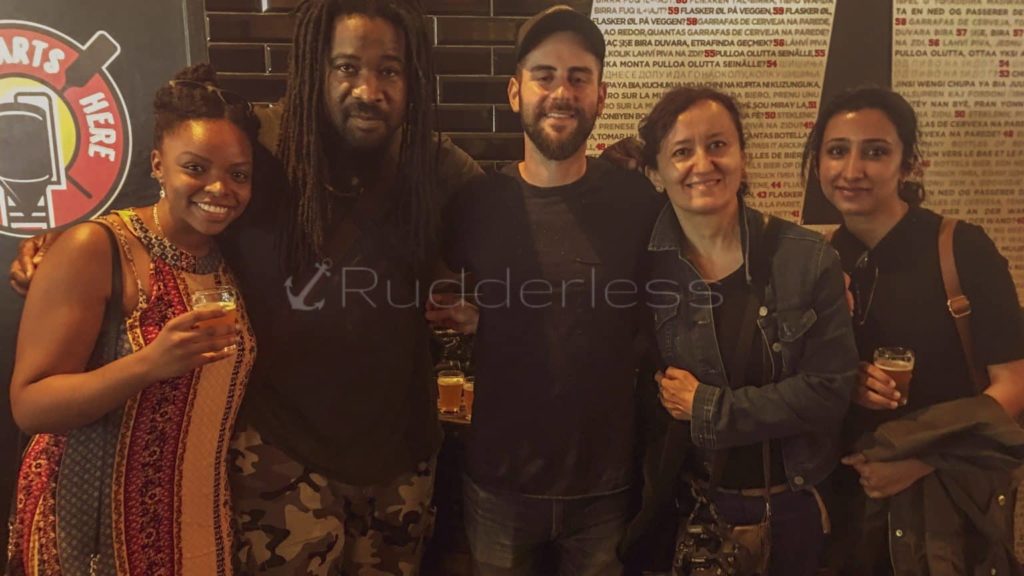
Places To Stay For Two Days In Toronto + Map
Enjoying Canadian hospitality is one of the best parts of a weekend in Toronto. So book your bed at one of these cozy spots and feel at home during your stay.
Most of my itinerary suggestions are in Downtown Toronto, so I suggest you stay Downtown. This will cut down on any unnecessary travel time in your short schedule.
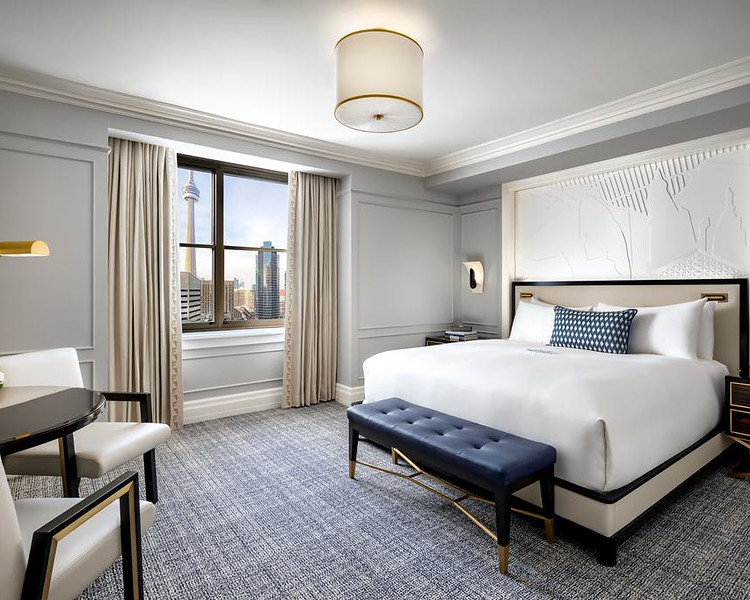
Fairmont Royal York Hotel
Fairmont’s historic ballroom is legendary, and the hotel is a city icon. Its spacious rooms feature floral accents and include designer bath toiletries and robes. It has a skylit indoor pool and five on-site dining options. It’s across the street from Union Station, with a shuttle bus to both airports.
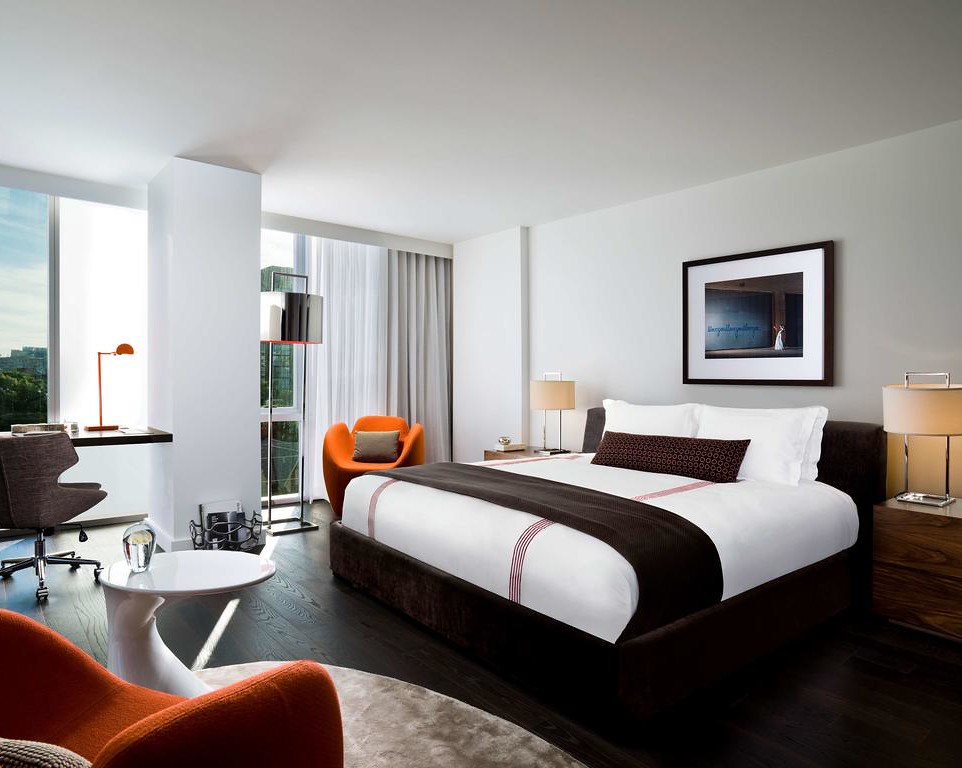
1 Hotel Toronto
The Hotel has a rooftop pool and bars with views of the city and CN Towers – I could stop there. But it has designer linens and bath amenities. Fully stocked minibars, 24-hour concierge, on-site valet and a 10-minute walk from the bars and restaurants of King West.
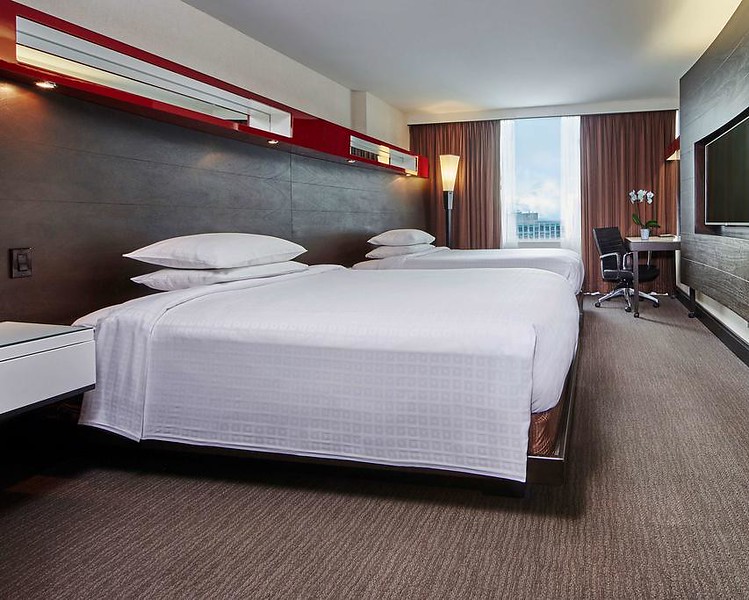
Hyatt Regency Toronto
Located in the entertainment district in the centre of Toronto – trust me, there is no better place to be. It’s a modern hotel with flat-screen TVs and Apple docking stations, an on-site sauna, and an outdoor pool, and its King Street Social Kitchen and Lounge serves regional cuisine.
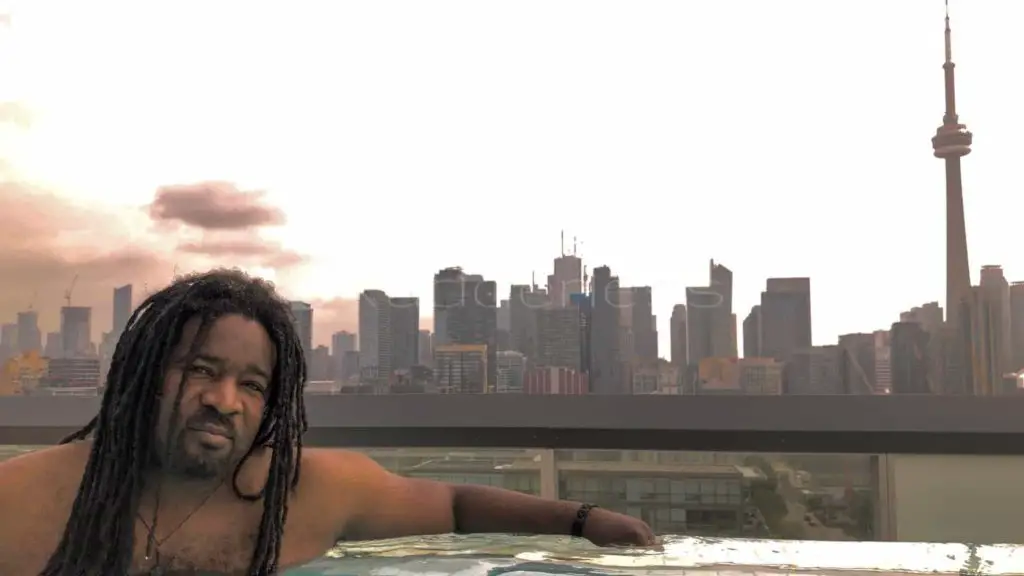
Toronto Weekend Travel Tips
Living in Toronto gives me an exclusive backstage pass to everything happening in the city. From that, I’ve gathered a wealth of knowledge for travellers needing a little help or inspiration. Here are some often-asked questions about the city, but if you have any more, please reach out and let me know!
Are 2 Days Enough In Toronto?
Two days in Toronto may be enough to see some of the city’s highlights, but it depends on what you want to do and see. If you’re interested in exploring the downtown core, visiting major attractions, and trying out some of the city’s culinary delights, two days should be sufficient. However, if you want to delve deeper into the city’s neighbourhoods, explore its numerous parks and green spaces, or take day trips to nearby attractions, you may want to budget more time.
Is Toronto A Good Weekend Trip?
Toronto can be a great weekend trip destination! With its bustling downtown core, diverse neighbourhoods, world-renowned attractions, and vibrant food and entertainment scene, the city has plenty to see and do.
What Month Is Best In Toronto?
There isn’t a bad time to visit Toronto. But if you visit between April and May or September and October, you’ll get to miss the crowds, still enjoy pleasant weather, and even catch a festival or three.
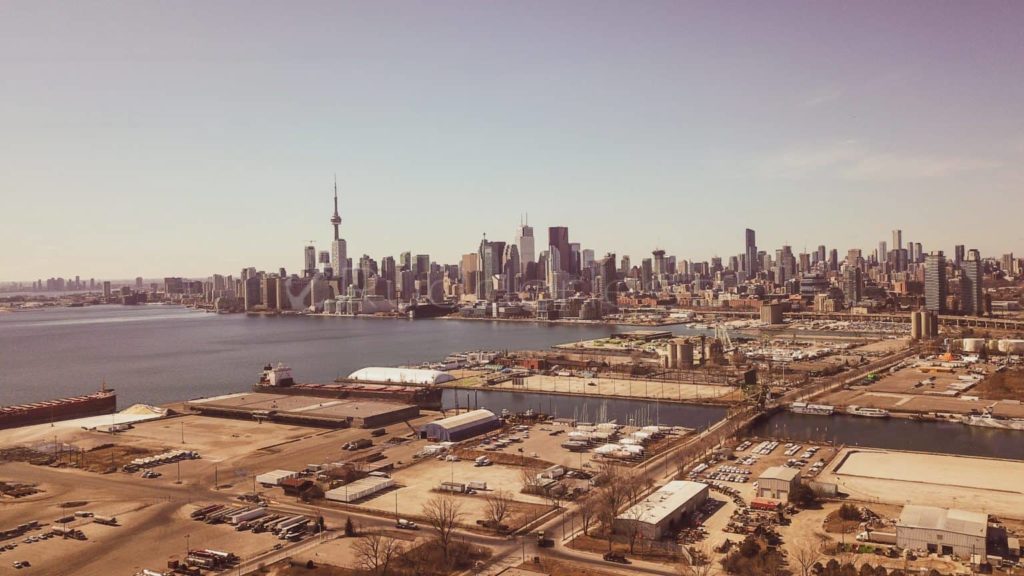
Things To Know About Toronto
- Construction. Let’s get the bad stuff out of the way first. Toronto’s development has its year-round season; Spring, Summer, Fall, Winter & Construction. Looking around, you can see dozens of cranes cluttering the skyline with condominiums being built at an alarming speed – which most consider a good thing. But with growing pains come water central repairs, street repairs, bridge repairs and subway extension projects. Getting around the city by car and, at times, public transportation can be challenging. (As mentioned above)
- Pronunciation. “Chrrr-runo” is the way we pronounce Toronto. We can usually tell who’s not from here as visitors emphasize the T’s.
- As mentioned above, Toronto is the best-known city in Canada, which usually leads to other cities, towns and villages hating us and our sports teams – especially the Toronto Maple Leafs (hockey). The Blue Jays and the Raptors (baseball and basketball, respectively) are exempt as they are Canada’s only National teams.
- As mentioned above, Toronto is the best-known city in Canada, which usually leads to other cities, towns and villages hating us and our sports teams – especially the Toronto Maple Leafs (hockey). The Blue Jays and the Raptors (baseball and basketball, respectively) are exempt as they are Canada’s only National teams.
- Speaking of the Toronto Raptors, they were the 2019 world champions! “WE THE NORTH!”
- Neighbourhoods. One of Toronto’s greatest treasures is its communities, which sometimes can be looked at as mini-cities or mini-countries. Unofficially known as “the city of neighbourhoods.” we have 140 neighbourhoods officially recognized and about 240 official and informal communities within the city. French is Canada’s official second language, but not everyone speaks French without getting into the country’s ugly colonial past involving the French & English empires and the mistreatment of indigenous peoples. Some tensions remain between French and English Canada (often represented by Quebec and Ontario). Sometimes the language difference rares its ugly head culturally, politically and definitely during hockey games. In Toronto, however, we speak English.
- Diversity Equals Great Food. Not all Torontonians are friendly people. We are not as aggressive as NYC, but we are not that far off. What is considered “polite” here in Toronto is more like the American Southern Insult – Good Bless Your Heart. Almost nothing will unite Canadians faster than if someone comments on certain similarities between Canada and the United States. Quietly defining their distinctions from their southern neighbours has been a part of the Canadian experience of national identity since 1867. Yes, some Canadian accents may sound similar to some American ones. On the surface, a megacity such as Toronto might reflect the generic “look” of a North American city, but historically, politically. Socially, Canadians are proud of their country and its differences.
- Raccoons. Raccoons rule the city, and in fact, I’m not opposed to having our national animal the beaver being replaced with a raccoon. For they are smart enough to get past border security at Toronto Pearson International Airport.
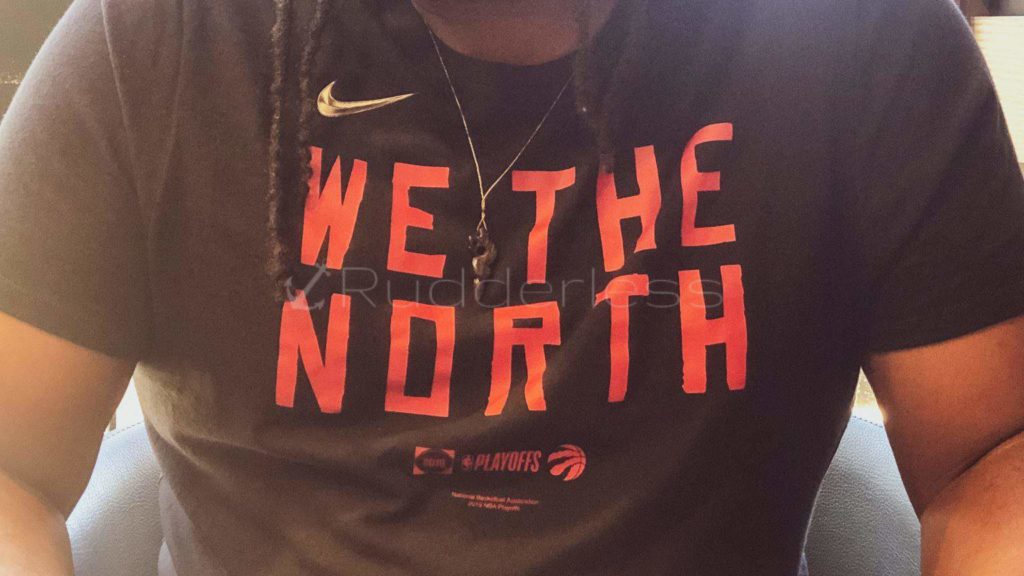
Toronto Day Trips
Port Perry
If the hustle and bustle of Toronto is proving too much and you’re craving that small-town feel I strongly recommend Port Perry, Ontario. In about an hour’s time you can be sitting in the middle of a frozen lake (Lake Scugog) with friends, ice fishing, drinking beer and eating apple fritters the size of your head.
Often used as a filming location because of its small-town “American”, Port Perry’s historic downtown is one of York Durham’s prettiest little towns. With loads of boutique shops that line the Victorian streets starting from Lake Scugog with its Old Mill – Canada’s oldest grain elevator, up towards the Town Hall Theatre.
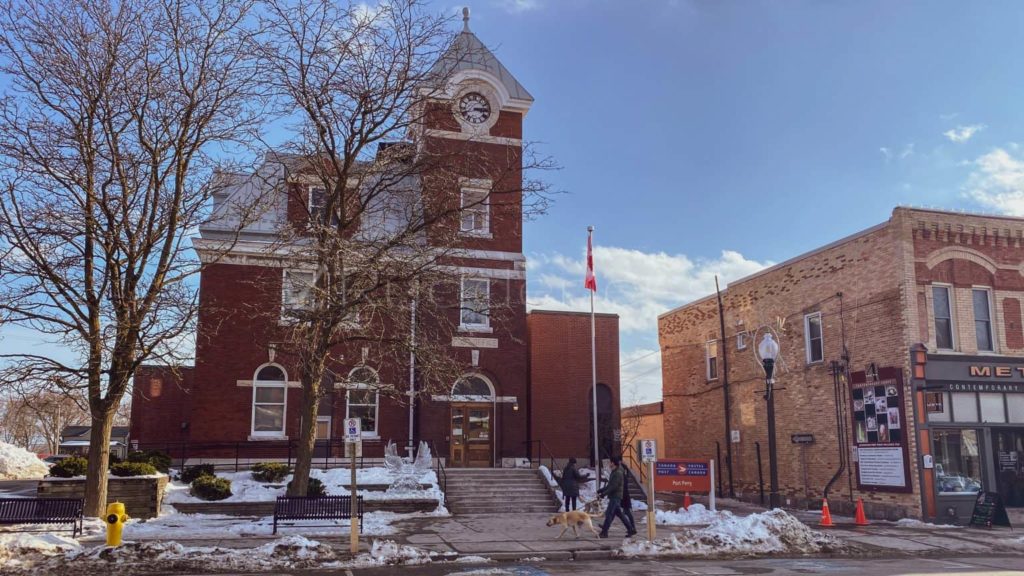
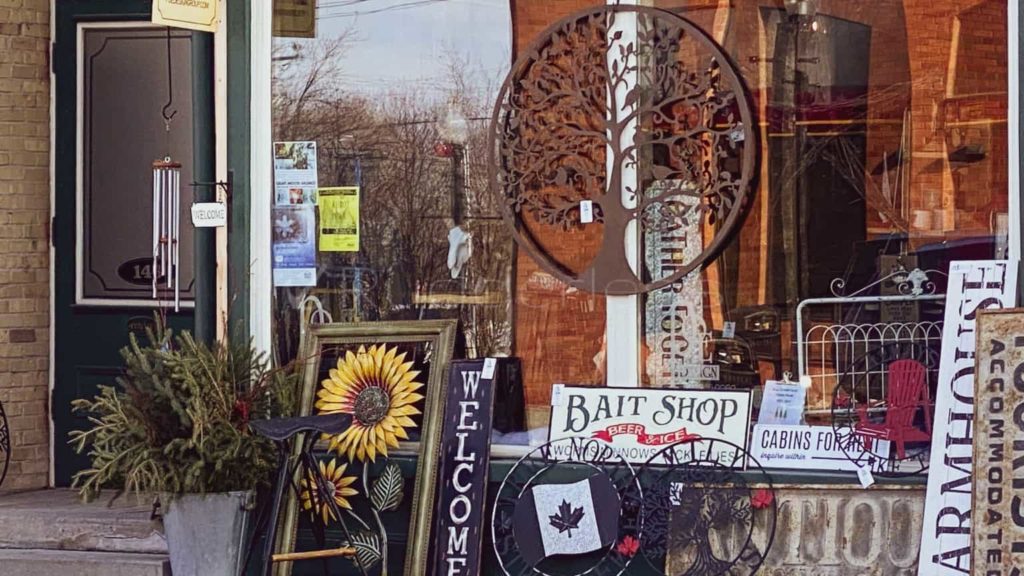
Subscribe to our YouTube Channel for more in-depth stories and interviews.

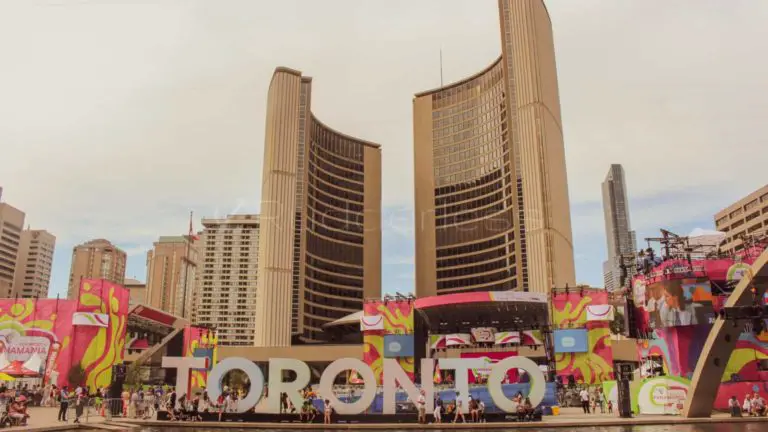
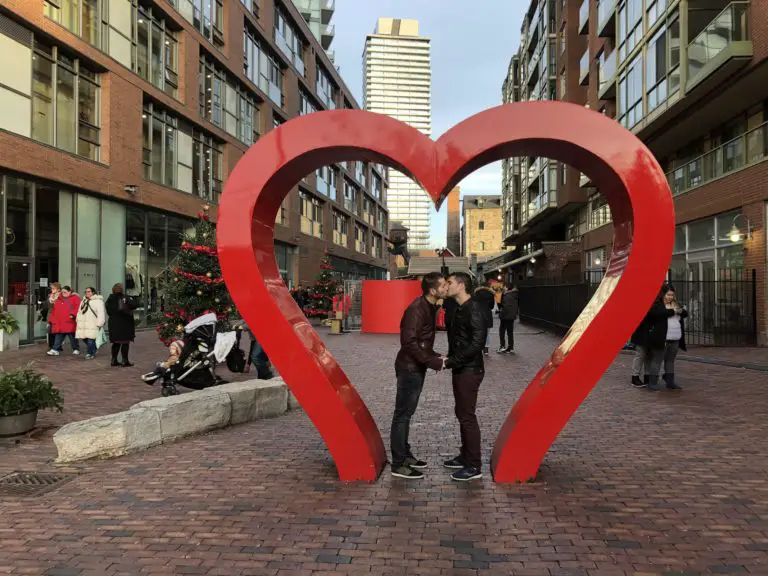
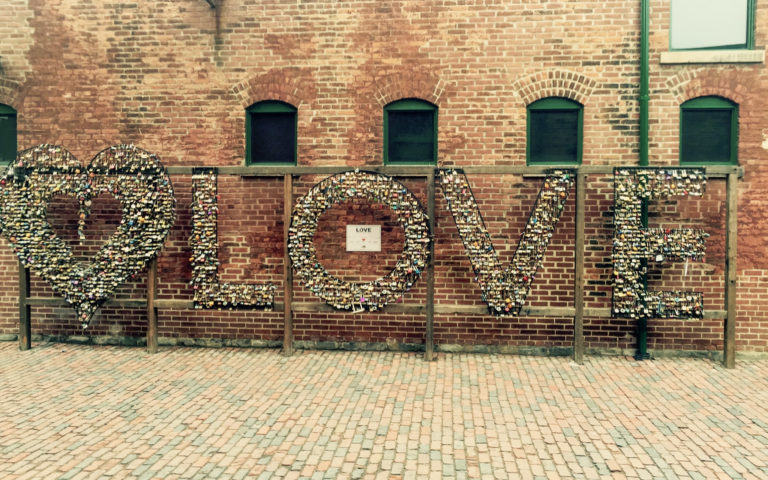

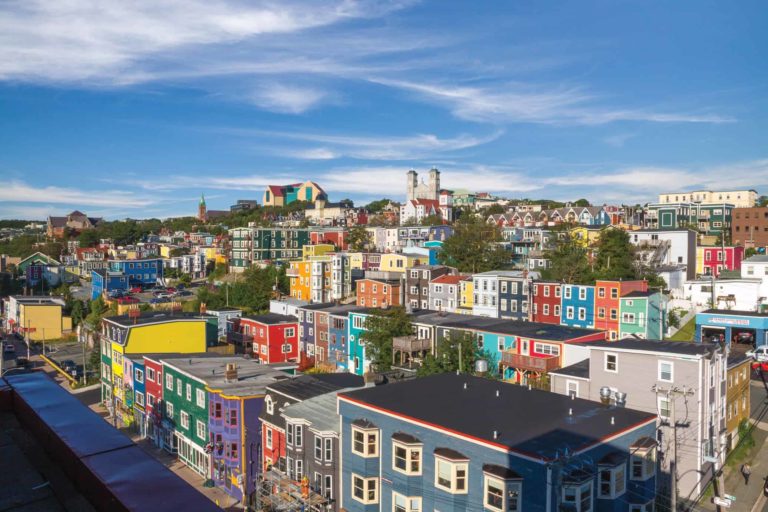
4 Comments